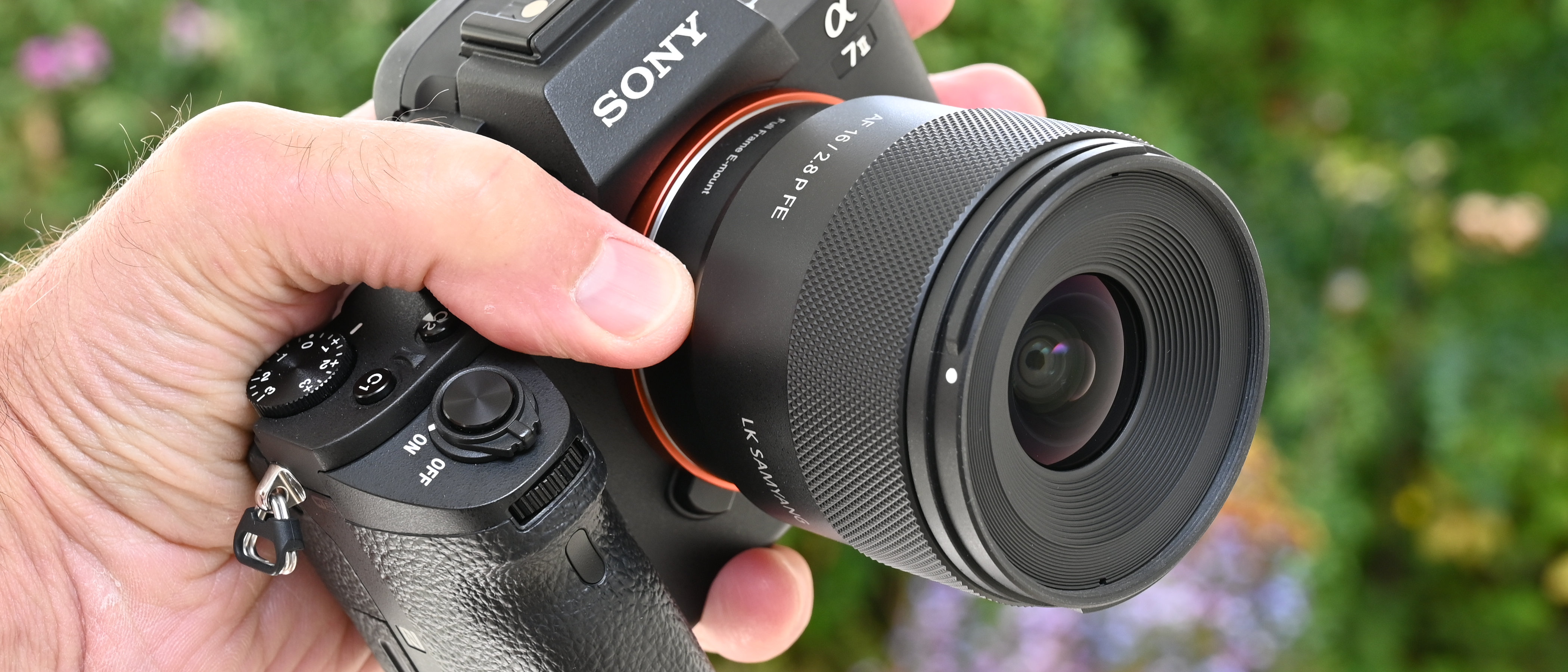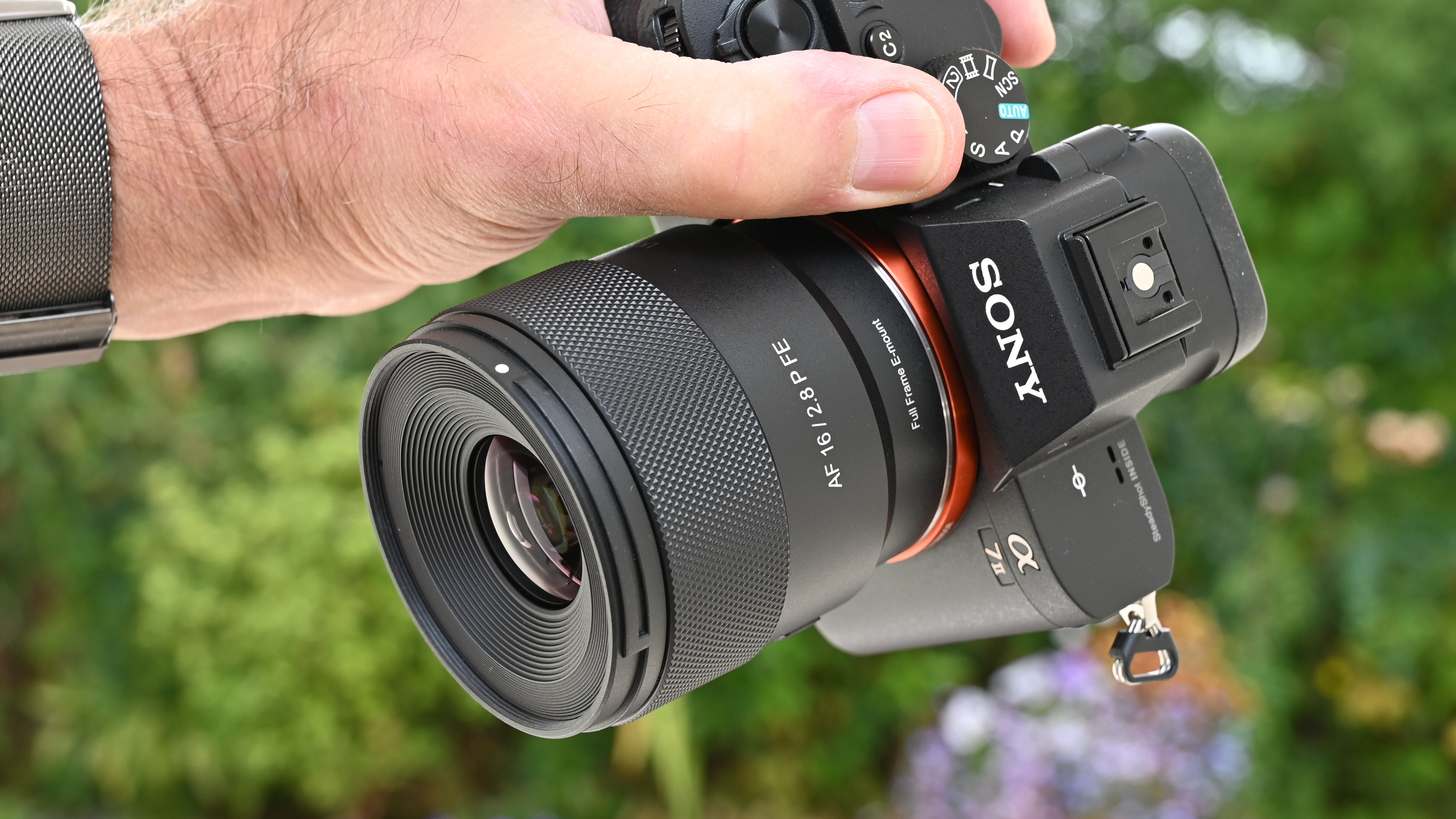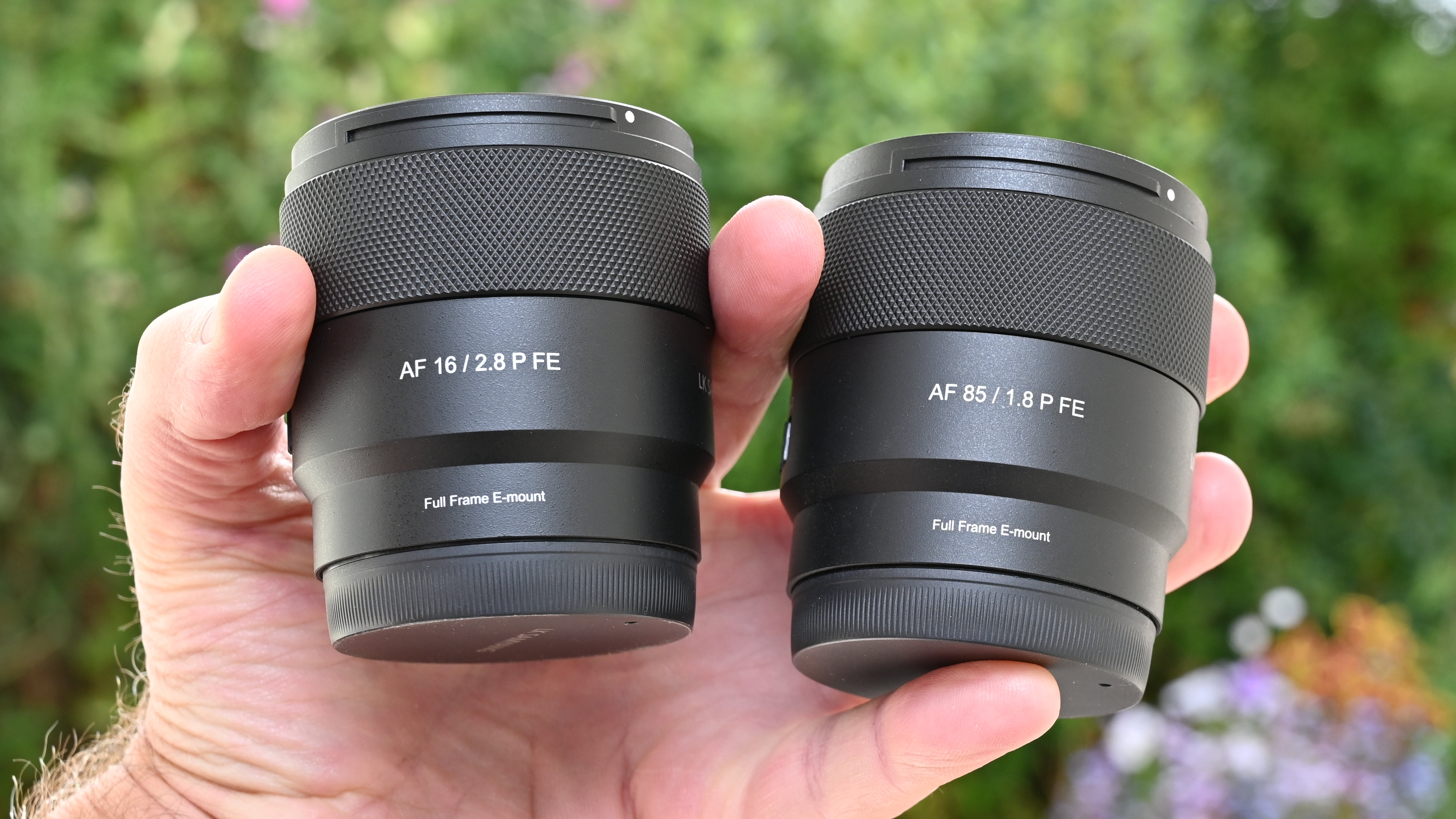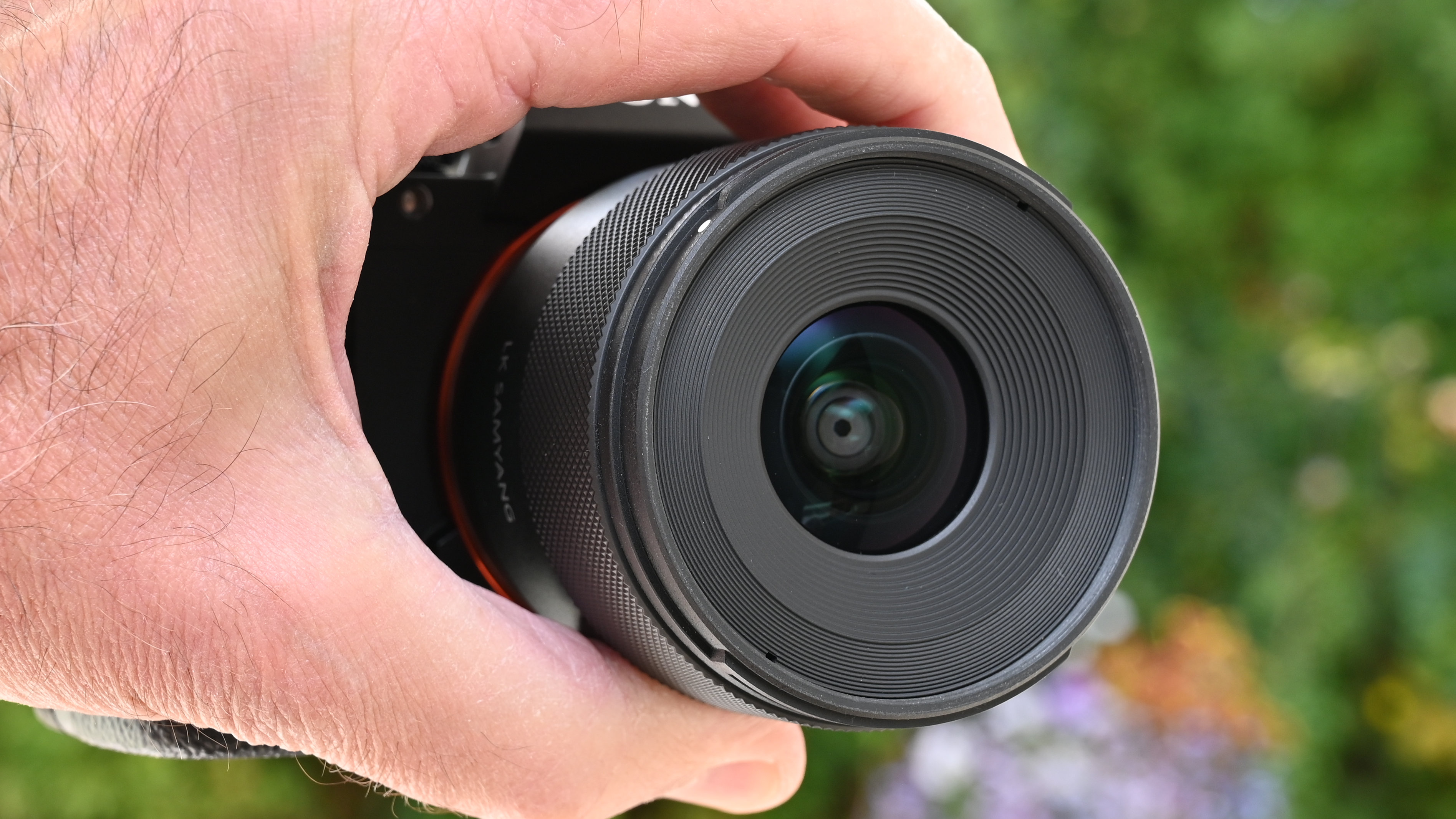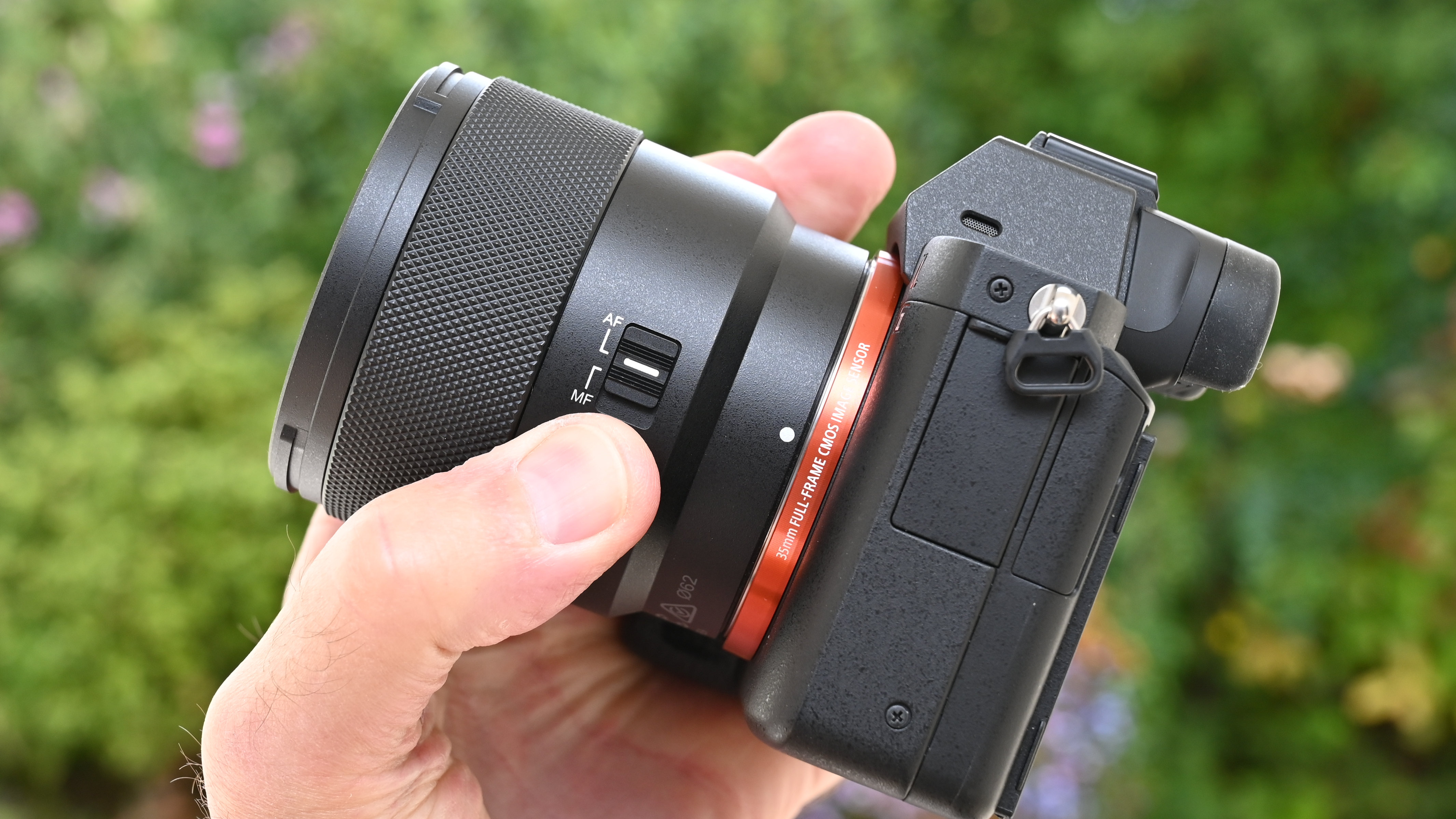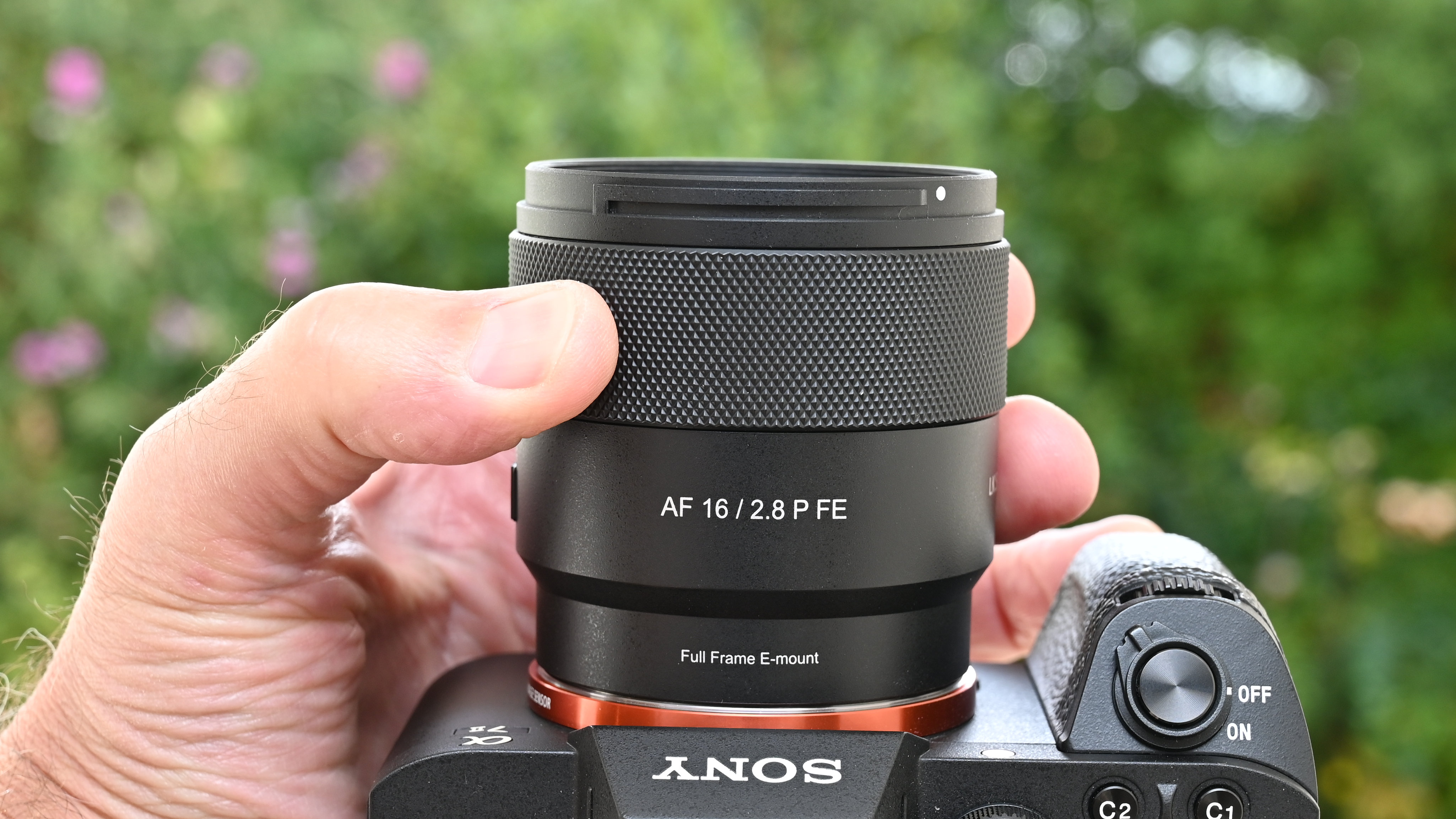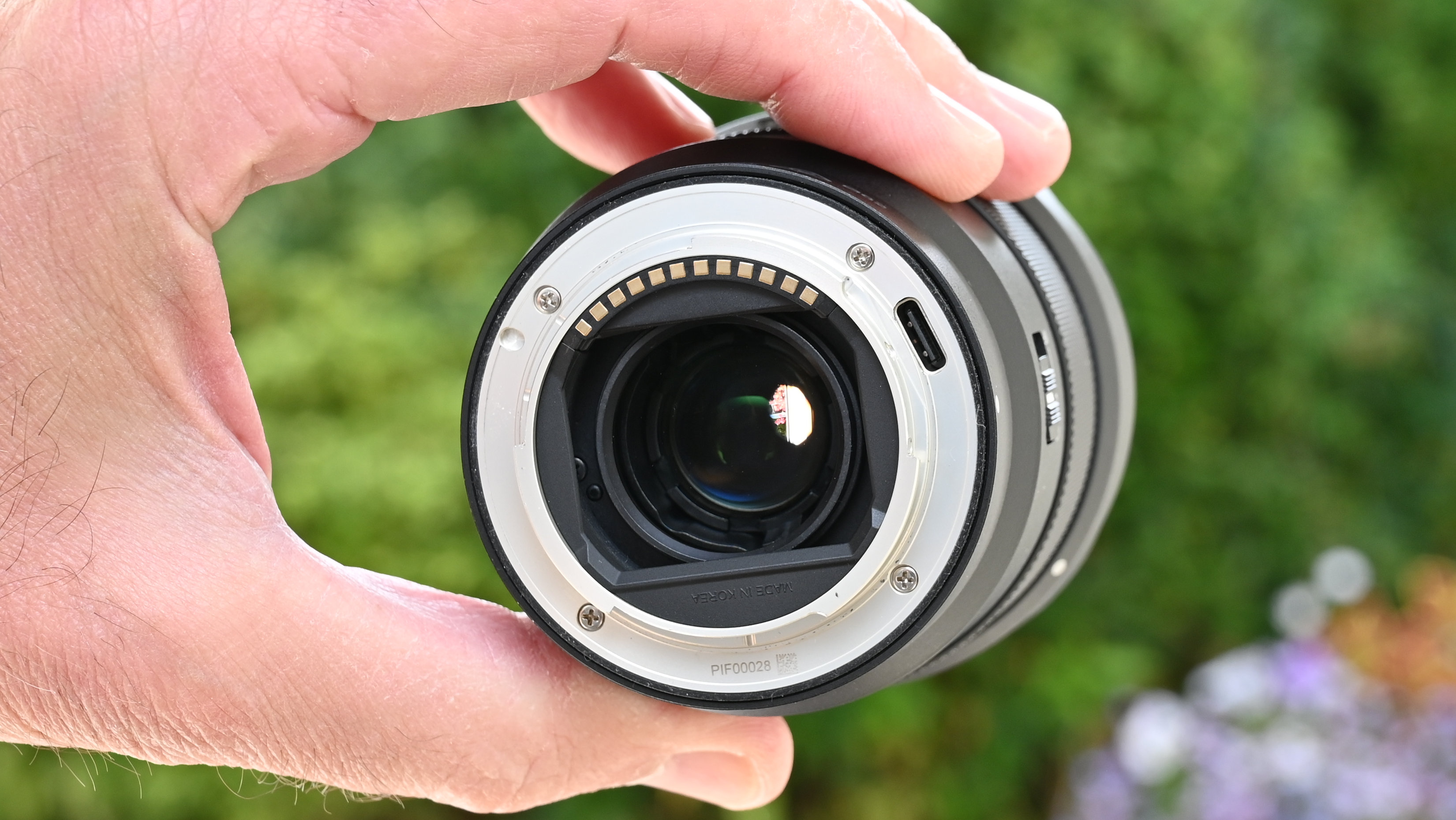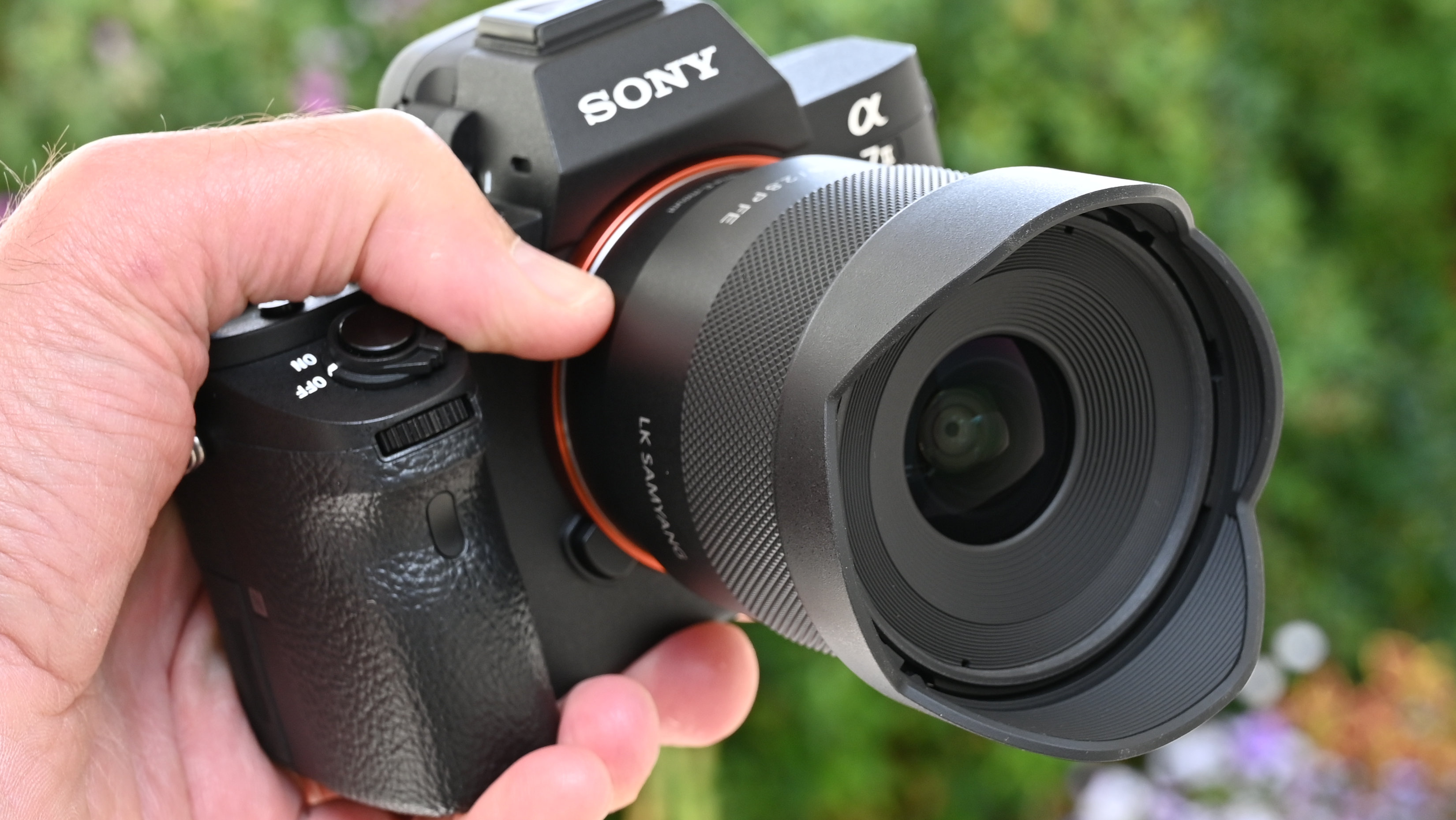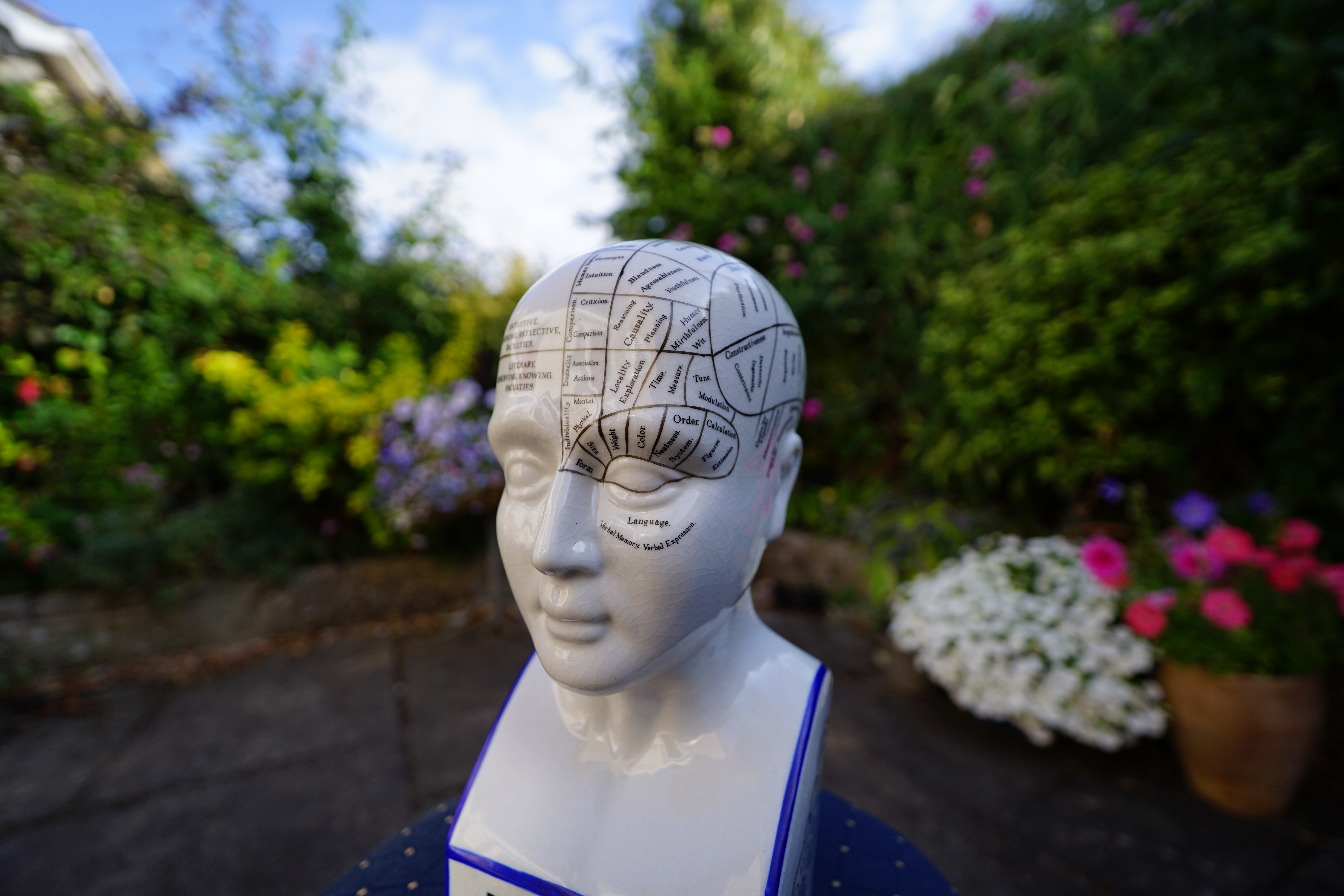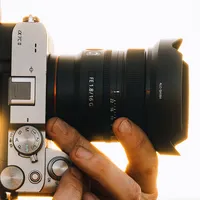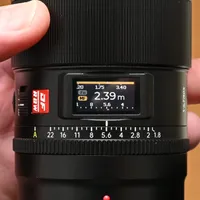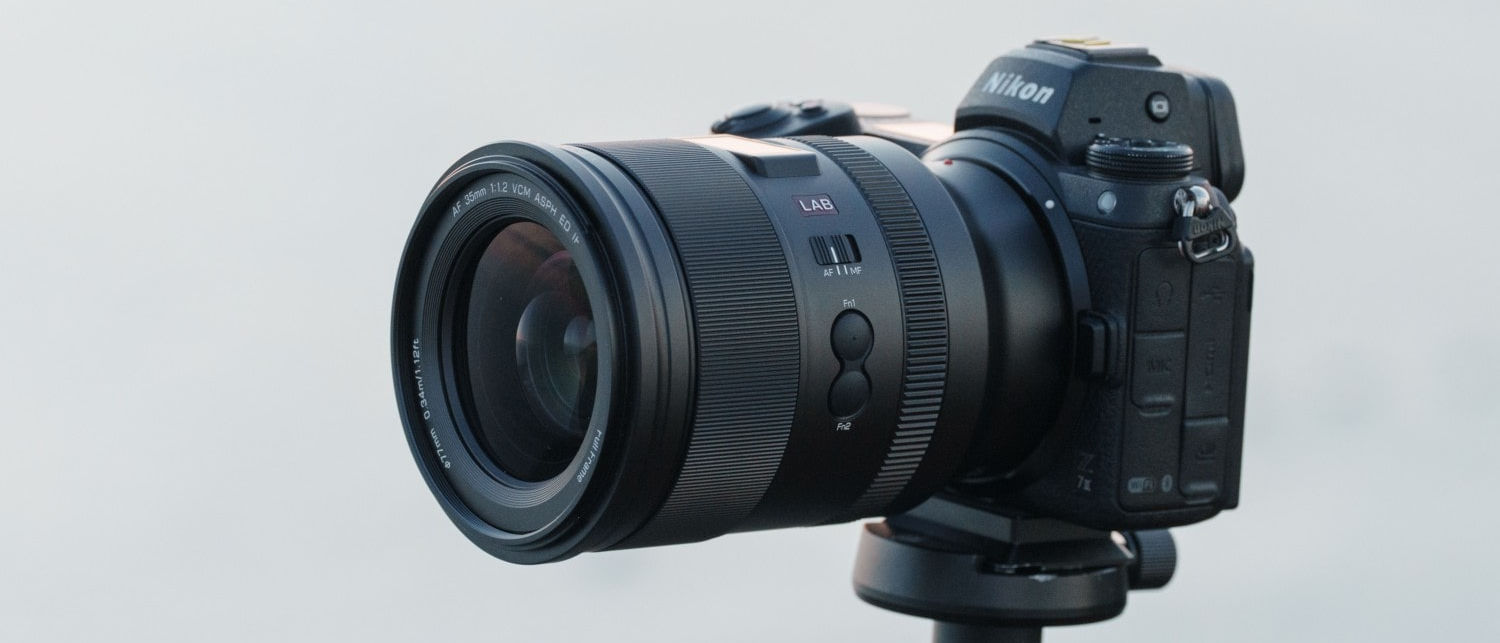Digital Camera World Verdict
I really like the ultra-wide viewing angle of the LK Samyang AF 16mm f/2.8 P FE. It’s great for everything from landscapes, cityscapes and architectural interiors to vlogging and even astrophotography. I also like that it offers a significant step up in viewing width from my standard zoom, and is so small and lightweight that it takes up little extra room in my kit bag. It’s definitely one for the journey.
Pros
- +
Big viewing angle
- +
Small, lightweight build
- +
Nippy f/2.8 aperture
- +
Budget-friendly price tag
Cons
- -
Only for Sony cameras
- -
No aperture ring
- -
No function buttons
Why you can trust Digital Camera World
Samyang is no newcomer to the business. The South Korean manufacturer has been making high-quality, budget-friendly camera lenses since the 1980s, also badged as Rokinon in the USA. The company recently renamed itself LK Samyang (Leading Korea) and is now launching a line of ‘Prima’ lenses for Sony mirrorless cameras that prioritize portability, practicality and convenience. I was impressed by the first in the series, the LK Samyang AF 35mm f/1.4 P FE, which has since been followed by two more in the Prima series – this 16mm lens and the portrait-oriented LK Samyang AF 85mm f/1.8 P FE. They aim to be among the best lenses for Sony cameras, at affordable prices.
LK Samyang AF 16mm f/2.8 P FE: Specifications
Mount options | Sony E (FE) |
Lens construction | 8 elements in 7 groups |
Angle of view | 107 degrees |
Diaphragm blades | 7 |
Minimum aperture | f/22 |
Minimum focus distance | 0.12m / 0.39ft |
Maximum magnification | 0.33x |
Filter size | 62mm |
Dimensions | 70x71mm / 2.8x2.8in |
Weight | 207g / 7.3oz |
LK Samyang AF 16mm f/2.8 P FE: Price
Samyang / Rokinon is a brand that’s synonymous with budget-priced glass. Listing at $399 / £348 / AU$729, the new 16mm f/2.8 lens massively undercuts the own-brand Sony FE 16mm f/1.8 G at $848 / £849 / AU$1,899, as well as the Chinese Viltrox AF 16mm f/1.8 FE at $580 / £533 / AU$899. Naturally, however, both of these lenses are 1.33 f/stops faster than the Samyang, so it’s not a direct like-for-like comparison. Over in the Canon camp, there’s also the outrageously tiny RF 16mm f/2.8 STM, which only costs $299 / £285 / AU$449. All in all, the Samyang looks competitively priced for what it is.
LK Samyang AF 16mm f/2.8 P FE: Design & Handling
I think the design of this lens is simple but effective. It’s certainly very different to the Sony and Viltrox 16mm lenses that I mentioned earlier. Both of those have an aperture control ring, complete with a click / de-click switch, and a customizable function button or two. The Viltrox even boasts a color OLED info screen. The Samyang has a comparatively minimalist design, covering just the bare essentials, but that has its own upsides in terms of compactness and simplicity.
There are two things that become instantly obvious as soon as you look at this lens and pick it up. The first is that it’s very compact, the second is that it weighs next to nothing. Indeed, at just 207g / 7.3oz it’s less than half the weight of the sibling LK Samyang AF 35mm f/1.4 P FE, which itself is designed to be a lightweight lens. Both lenses have barrels that are based on a new tough and durable yet lightweight ‘engineering plastic’, developed in-house by LK Samyang.
The key design elements are the combination of a 16mm focal length and fairly fast f/2.8 aperture. The focal length gives an expansive 107-degree viewing angle on full-frame cameras, which looks pretty massive compared with using a standard zoom lens at its most wide-angle setting. It’s ideal for sweeping landscapes and cityscapes, as well as for architectural interiors. Meanwhile, the f/2.8 aperture is fast enough to enable shutter speeds that can freeze motion in low lighting conditions, and makes the lens viable for astrophotography.
Going further still, the wide perspective of the lens makes it useful for vlogging and taking selfies, where you’re presenting to camera at arm’s length and want to include a sizeable chunk of your surroundings, to set the scene. It’s no surprise that the lens is marketed as being ideal for hybrid shooters and content creators, who are into both stills and video. However, videographers might be a little upset about the lack of an aperture control ring.
The first ‘Prima’ lens was a 35mm prime that I’d say has an ideal focal length for traditional street photography. With that in mind, I was a little surprised (and disappointed) that the lens lacks an AF/MF focus mode switch for easily selecting manual focus mode. That switch is present and correct in the 16mm lens, saving the need to delve into camera menus to make the change. Manual focusing is generally preferred for astrophotography, to which the lens is well suited. It’s also good for extreme closeups, to which the lens also caters with up to 0.33x macro magnification. Shoot with an APS-C format Sony camera, or a full-frame body in crop mode, and you get an ‘effective’ 0.5x macro magnification, along with an equivalent 24mm focal length.
The best camera deals, reviews, product advice, and unmissable photography news, direct to your inbox!
Manual focusing is actually quite a joy with this lens. The richly textured focus ring has a lovely feel to it and the electronic coupling to the linear stepping motor that drives focusing enables smooth precision. Naturally, the lens can take advantage of focusing aids in Sony cameras like focus peaking and real-time magnified preview. Back in the more usual autofocus mode, you can again make use of all the camera’s available focus modes like face/eye-detection and subject tracking.
In fact, the lens feels very good all over, beyond just the focus ring. The plastic barrel has a high-quality look and feel, while the metal mounting plate is solid and sturdy. The design features multiple weather-seals including one behind the AF/MF focus switch and a rubber gasket on the mounting plate. There’s also a USB port built into the mounting plate, which you can use for applying firmware updates if and when necessary.
Last but not least, the lens is supplied complete with a petal-shaped, bayonet-fit hood. This really helps to minimize ghosting and flare, especially considering that the ultra-wide viewing angle is apt to take in large portions of bright sky. Samyang’s UMC (Ultra Multi Coating) is also applied to help keep ghosting and flare under control.
LK Samyang AF 16mm f/2.8 P FE: Performance
The unfeasibly compact and featherweight design doesn’t mean there’s no quality glass in the lens. There are eight elements in total, arranged in seven groups. These include one aspherical element which helps optimize image quality while enabling a more compact build. There are also three ED (Extra-low Dispersion) elements and one HR (High Refractive index) element, which help to boost clarity, contrast and color rendition while minimizing chromatic aberrations.
Due to the extremely wide viewing angle, lab tests have to be based on extremely short-range shooting of our test charts, which is arguably an unfair challenge. In real-world shooting, I found that the lens delivered very good sharpness right out to the edges and corners of the image frame, even when shooting wide-open at f/2.8.
The wide viewing angle can also be useful for vlogging, so you can capture a generous amount of the background and set the scene when you’re in front of the camera. The f/2.8 aperture also enables you to blur the background with a fairly tight depth of field in close-up shots, as shown below.
Autofocus is fast for stills, smooth and virtually silent for video. Color fringing is minimal in terms of both lateral and axial chromatic aberrations. As I’d expect from such a physically small ultra-wide-angle lens, there’s a heavy reliance on automatic in-camera correction for distortion and vignetting, but that’s the norm for current and recent design of this type of lens for mirrorless cameras.
LK Samyang AF 16mm f/2.8 P FE: Sample Images
The following gallery of example shots was taken in the English city of Wells, at the cathedral and in the Bishop’s Palace & Gardens. There’s therefore a mix of architectural interiors and outdoor shots.
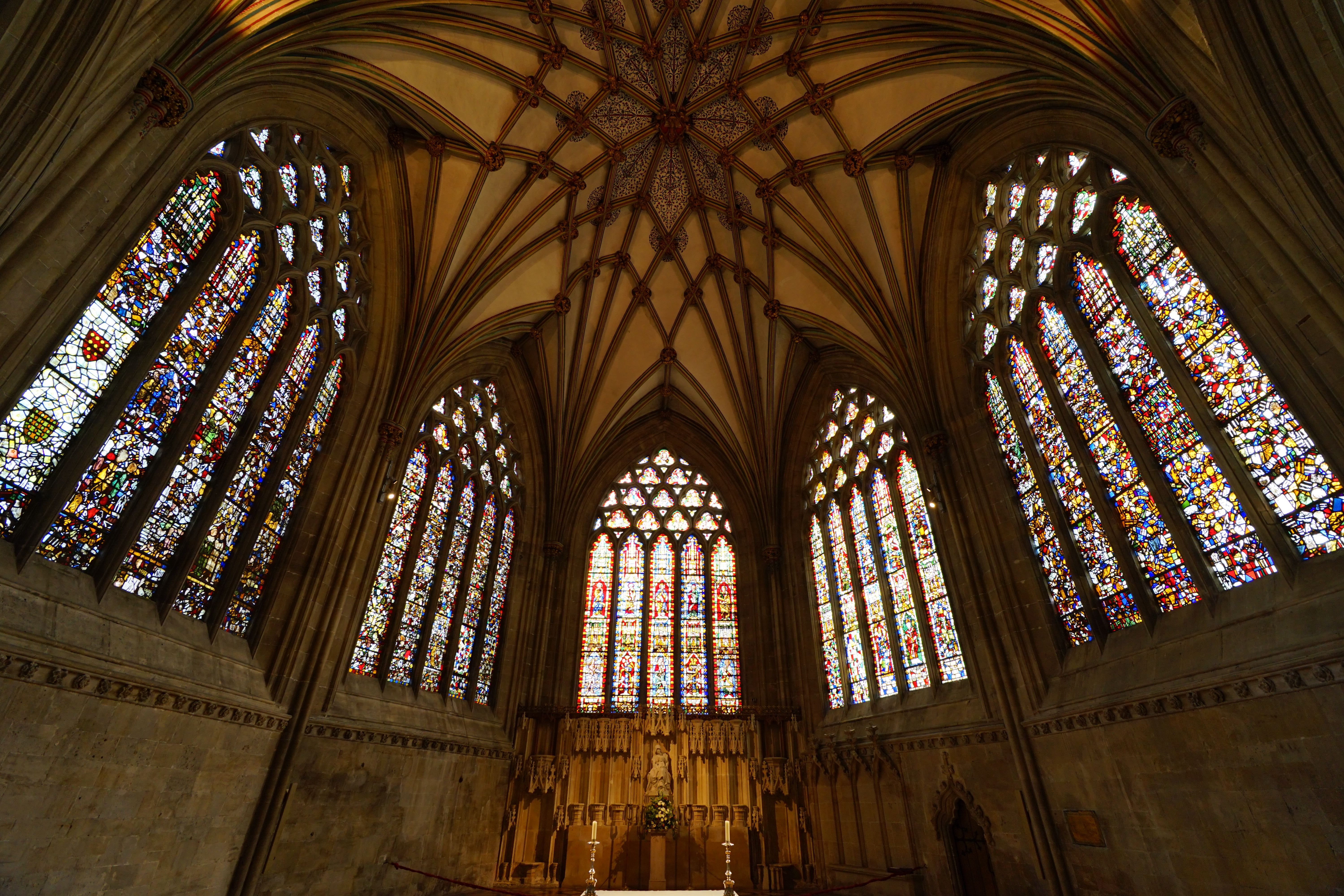
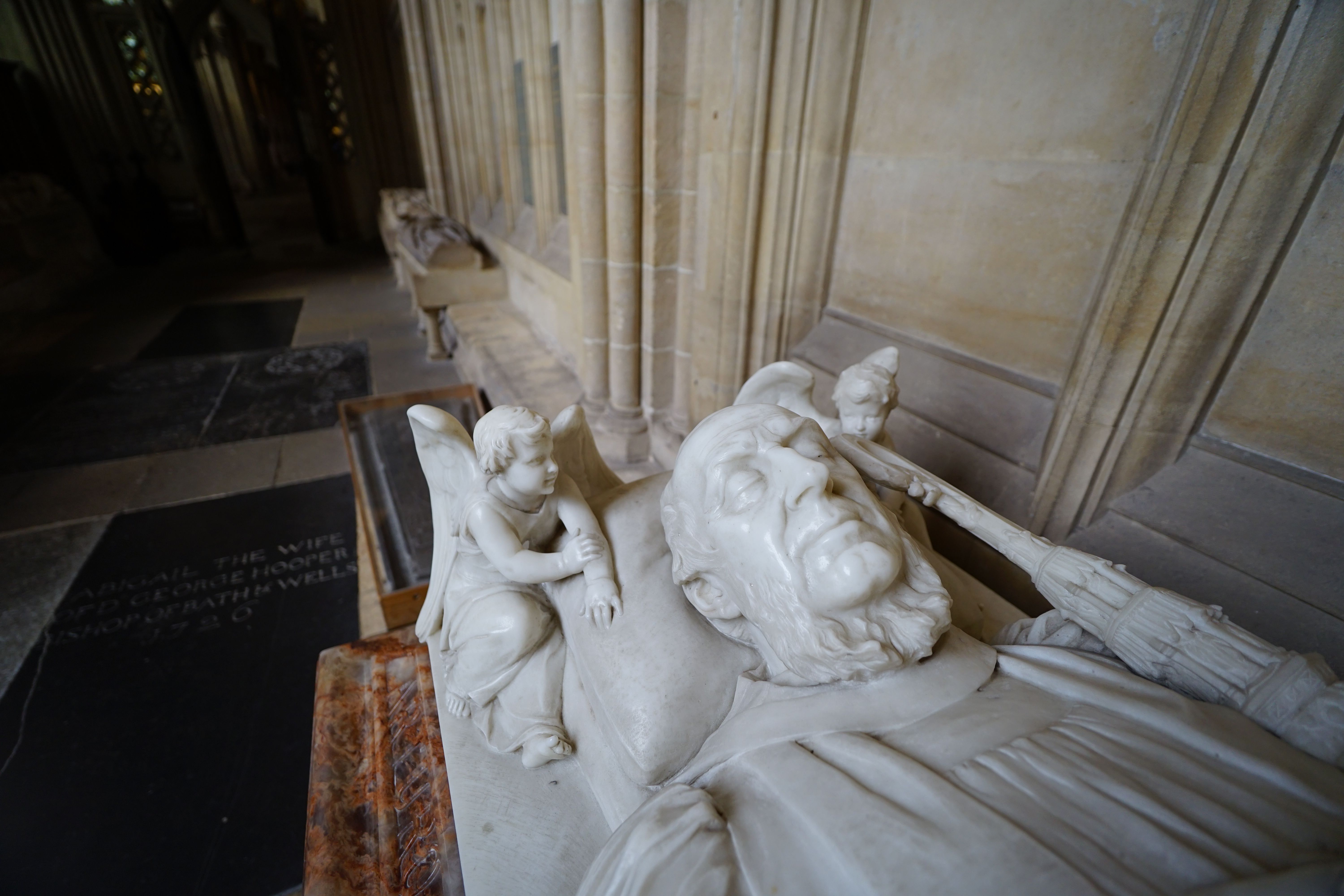
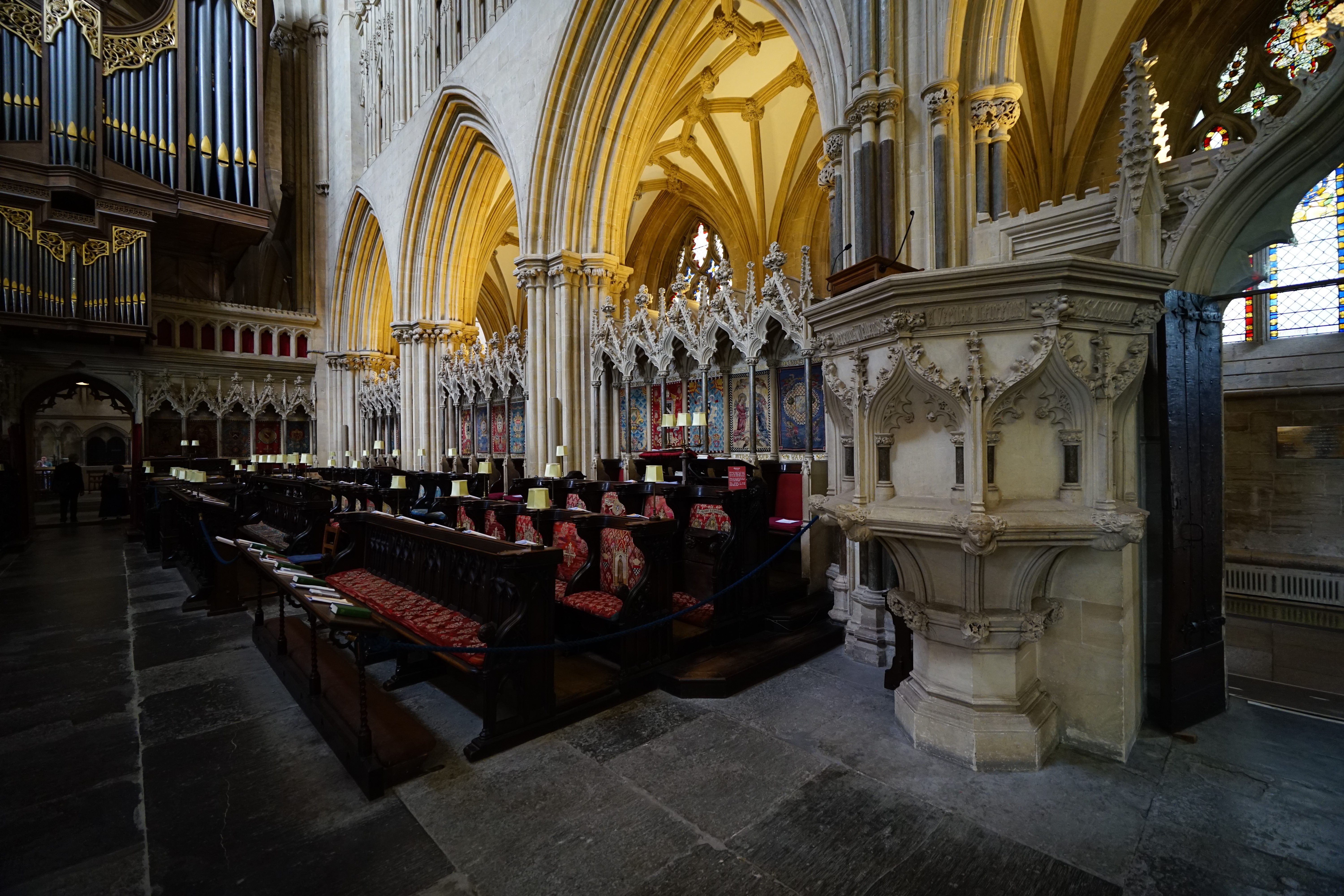
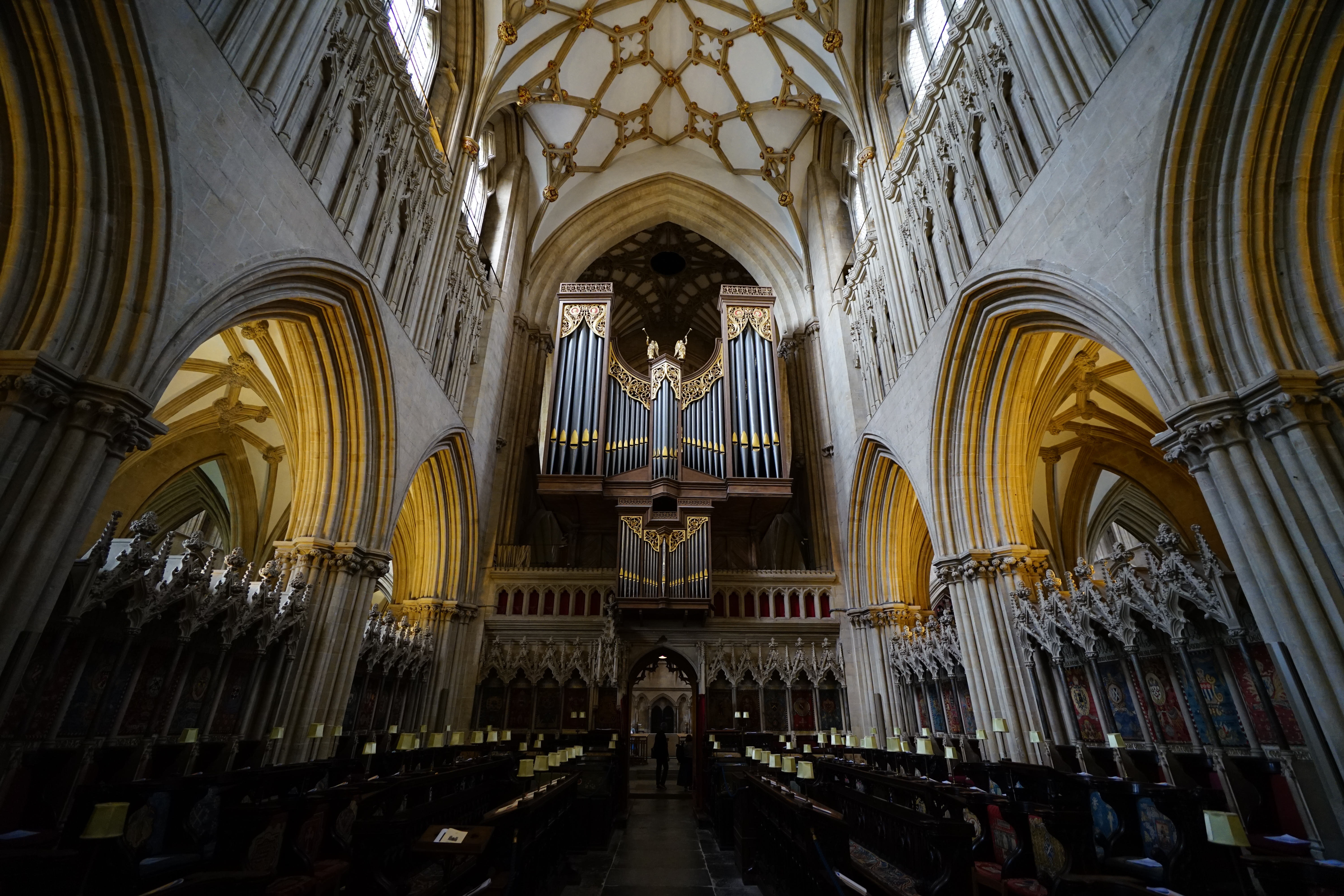
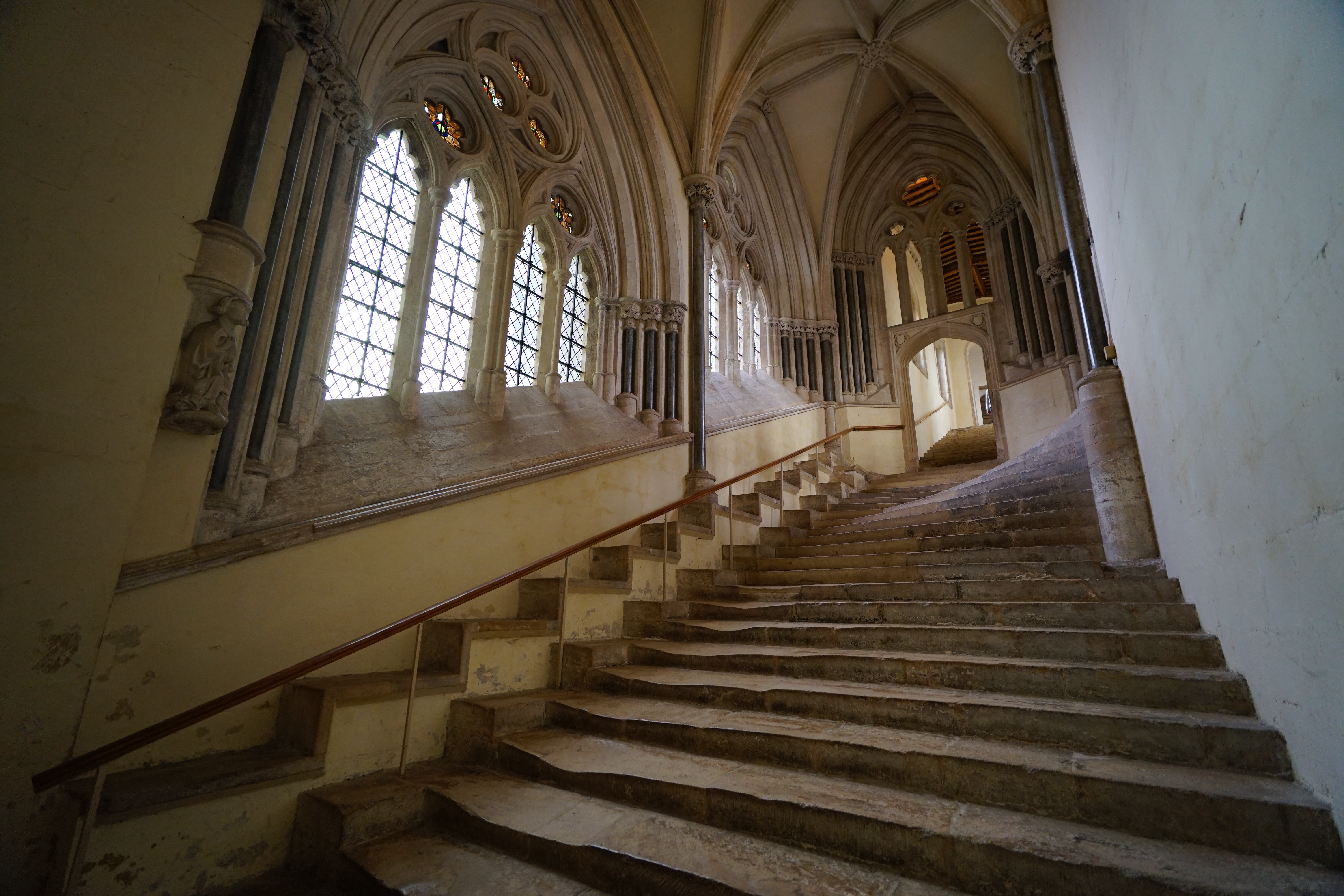
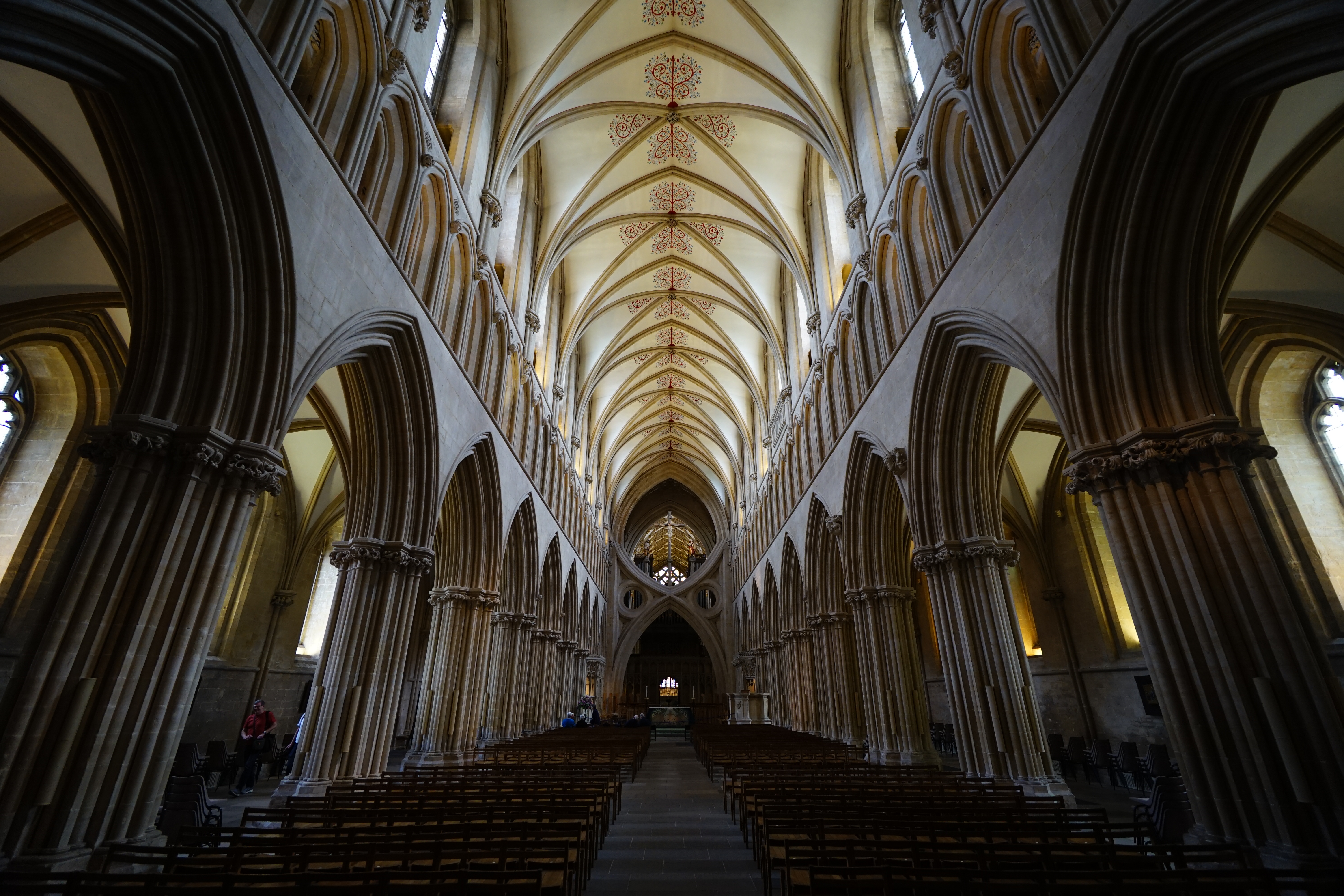
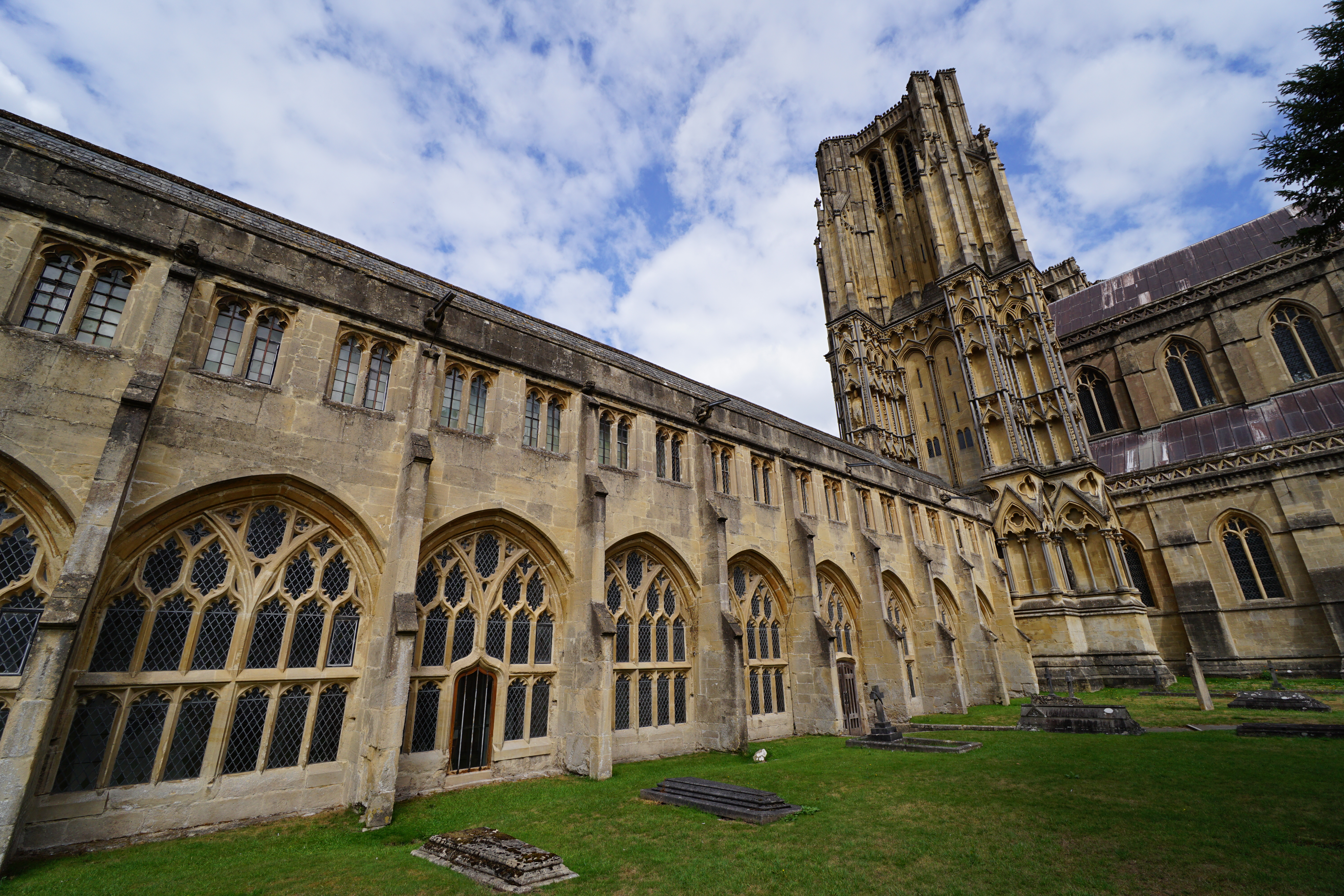
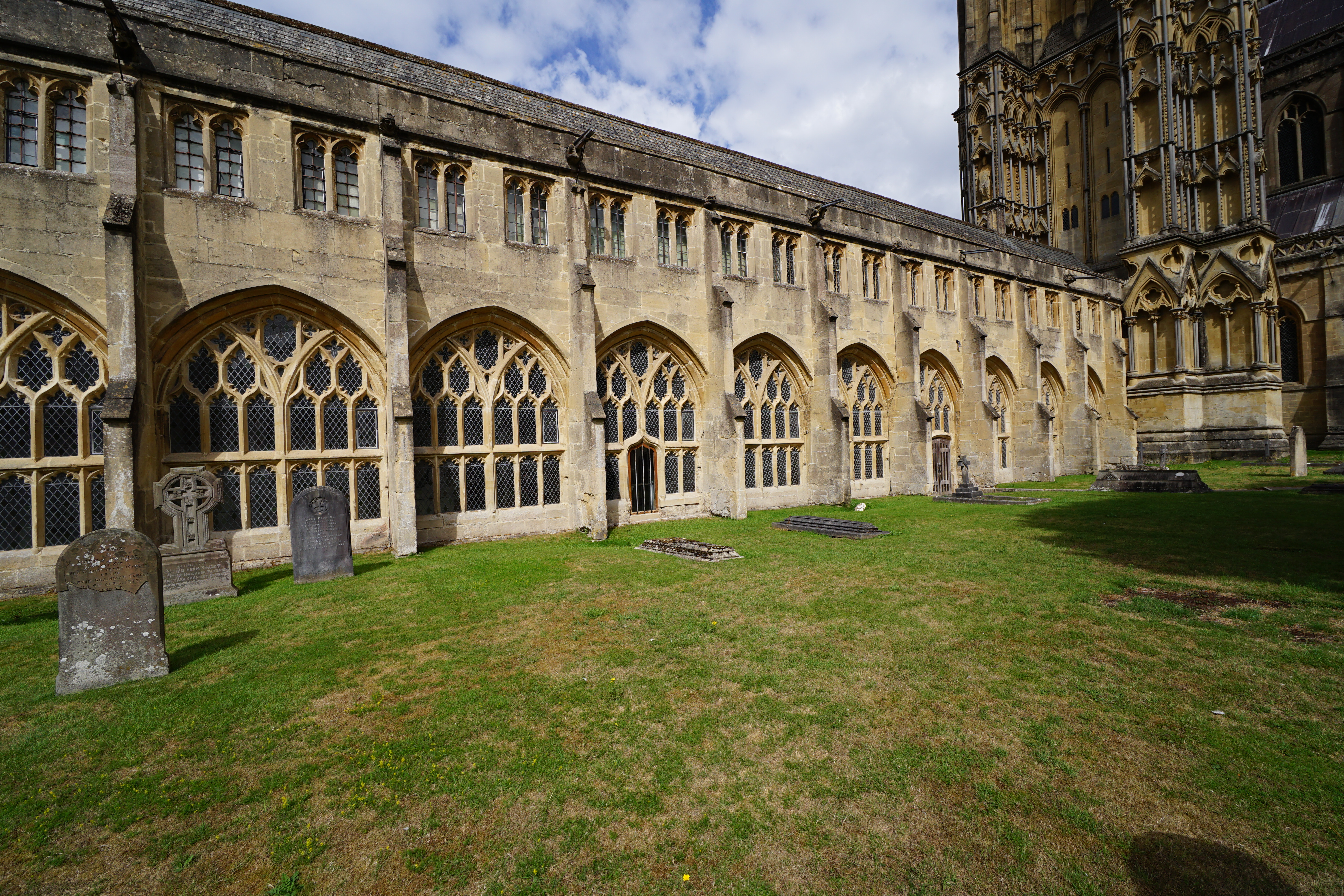

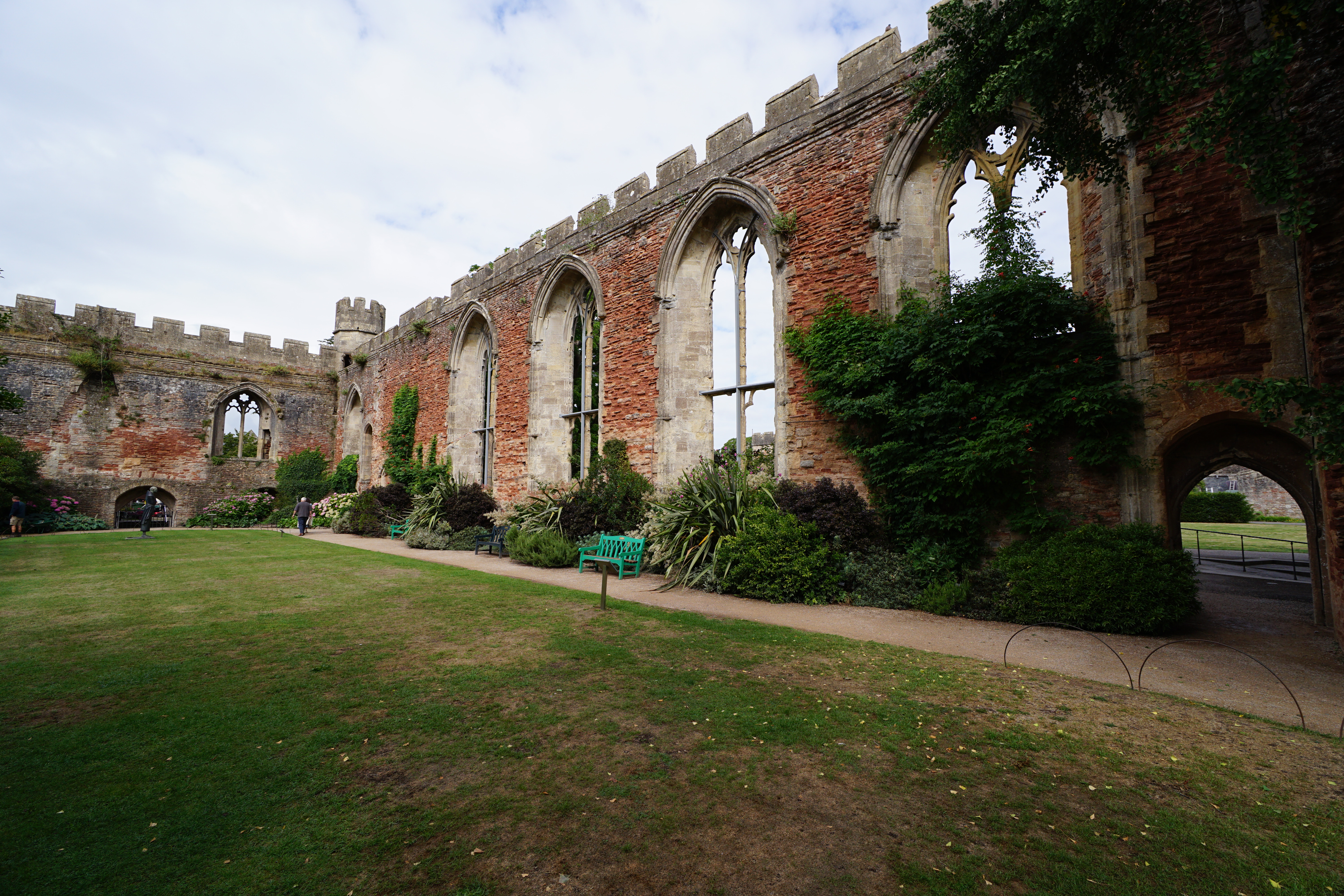
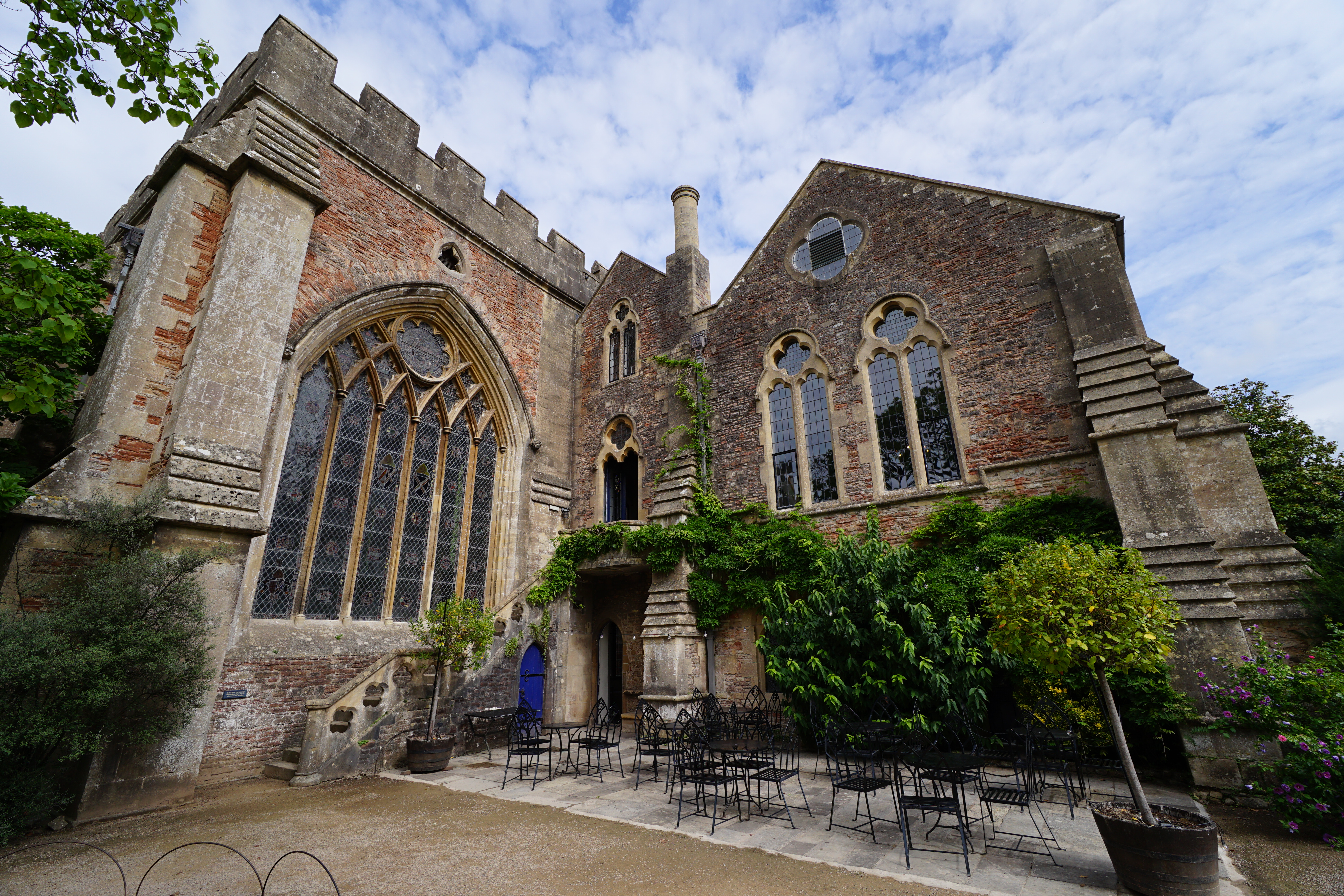
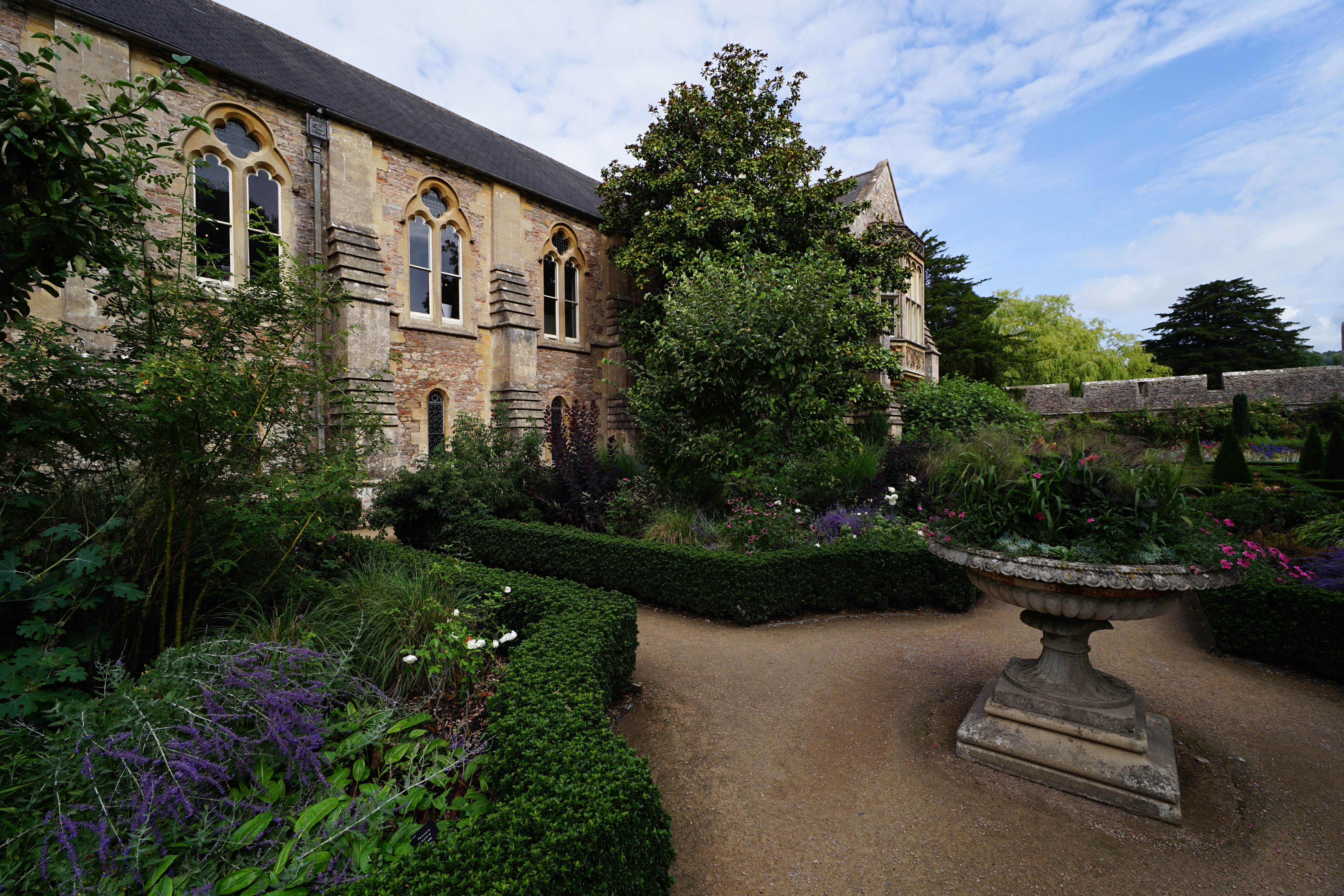

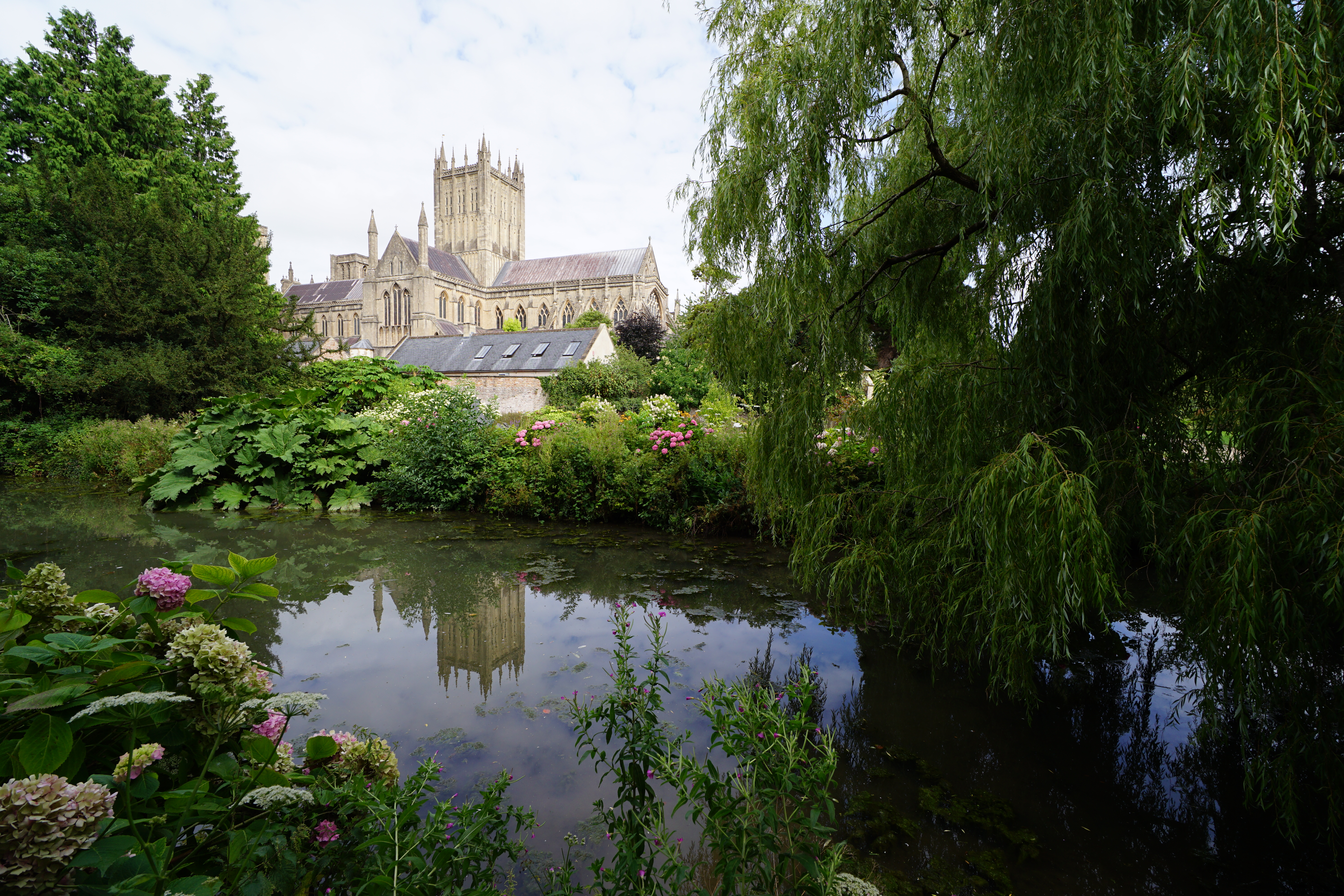
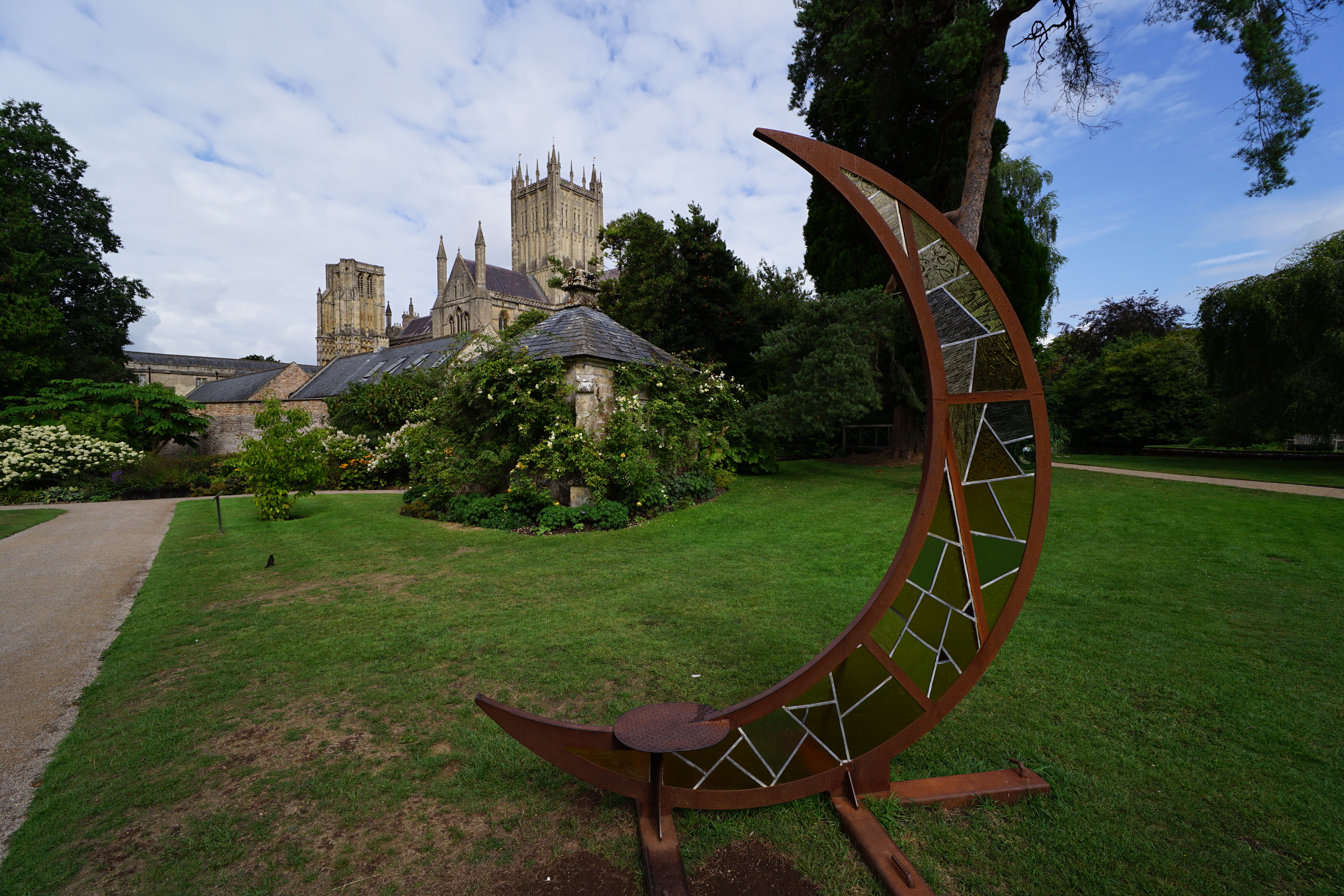
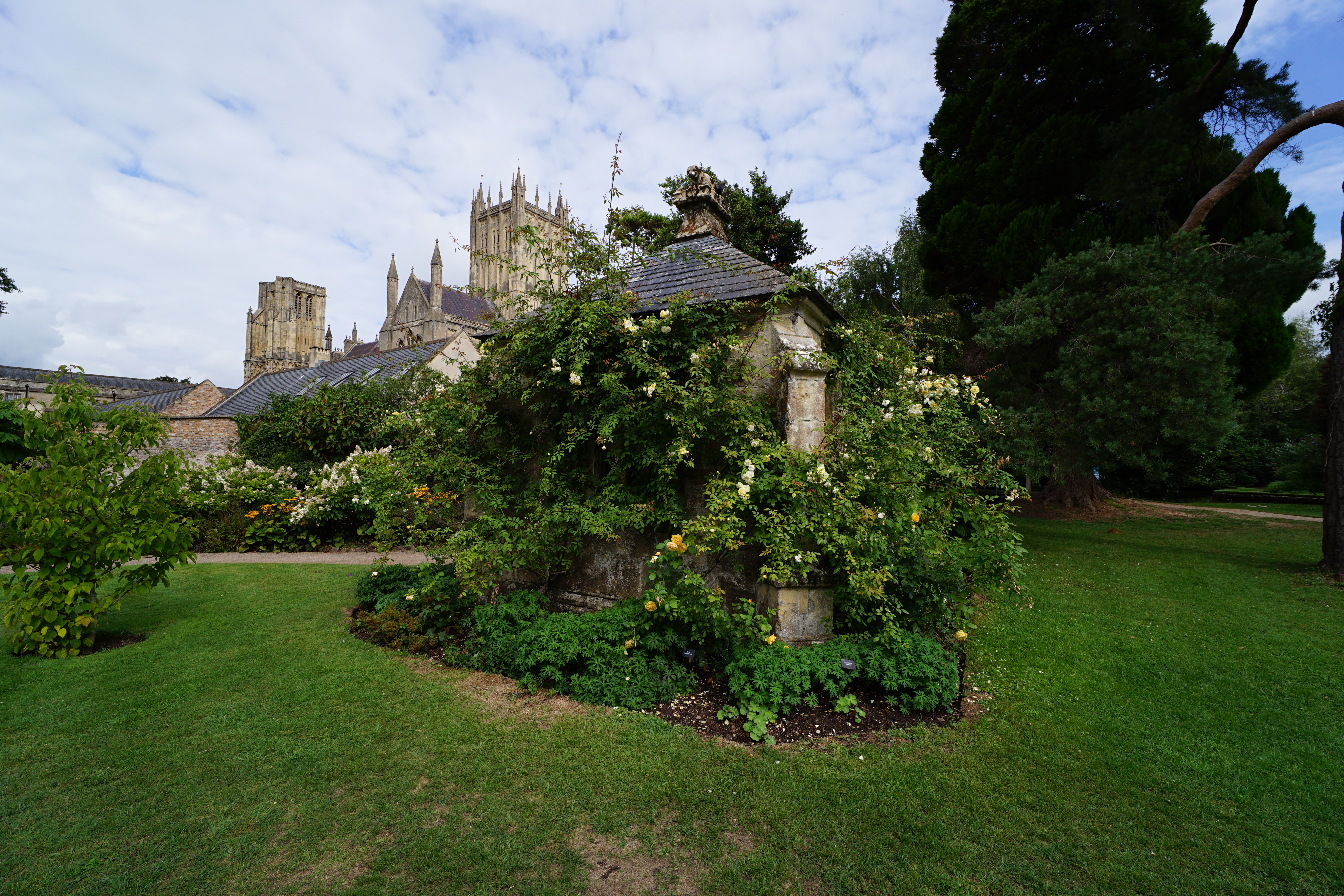
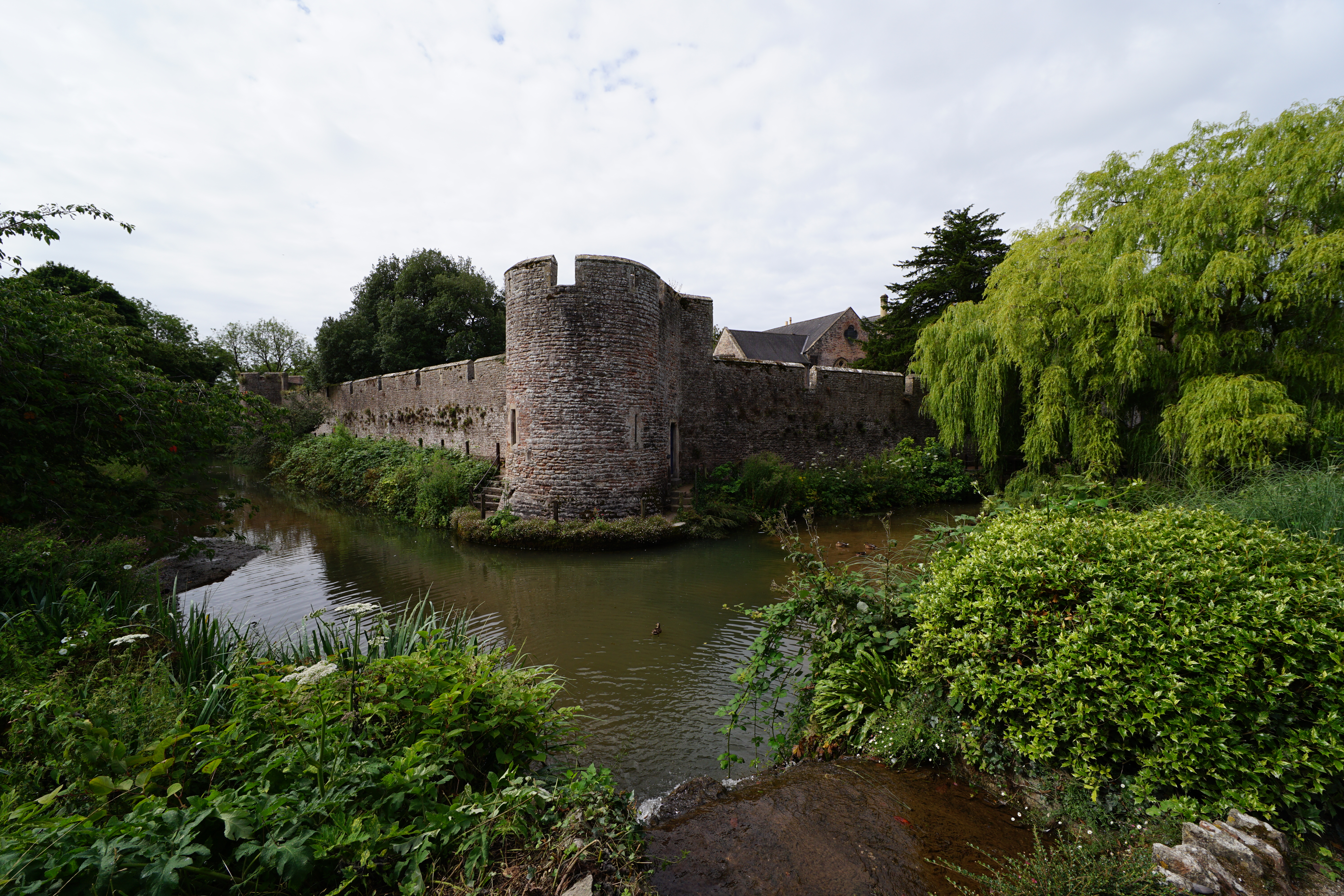
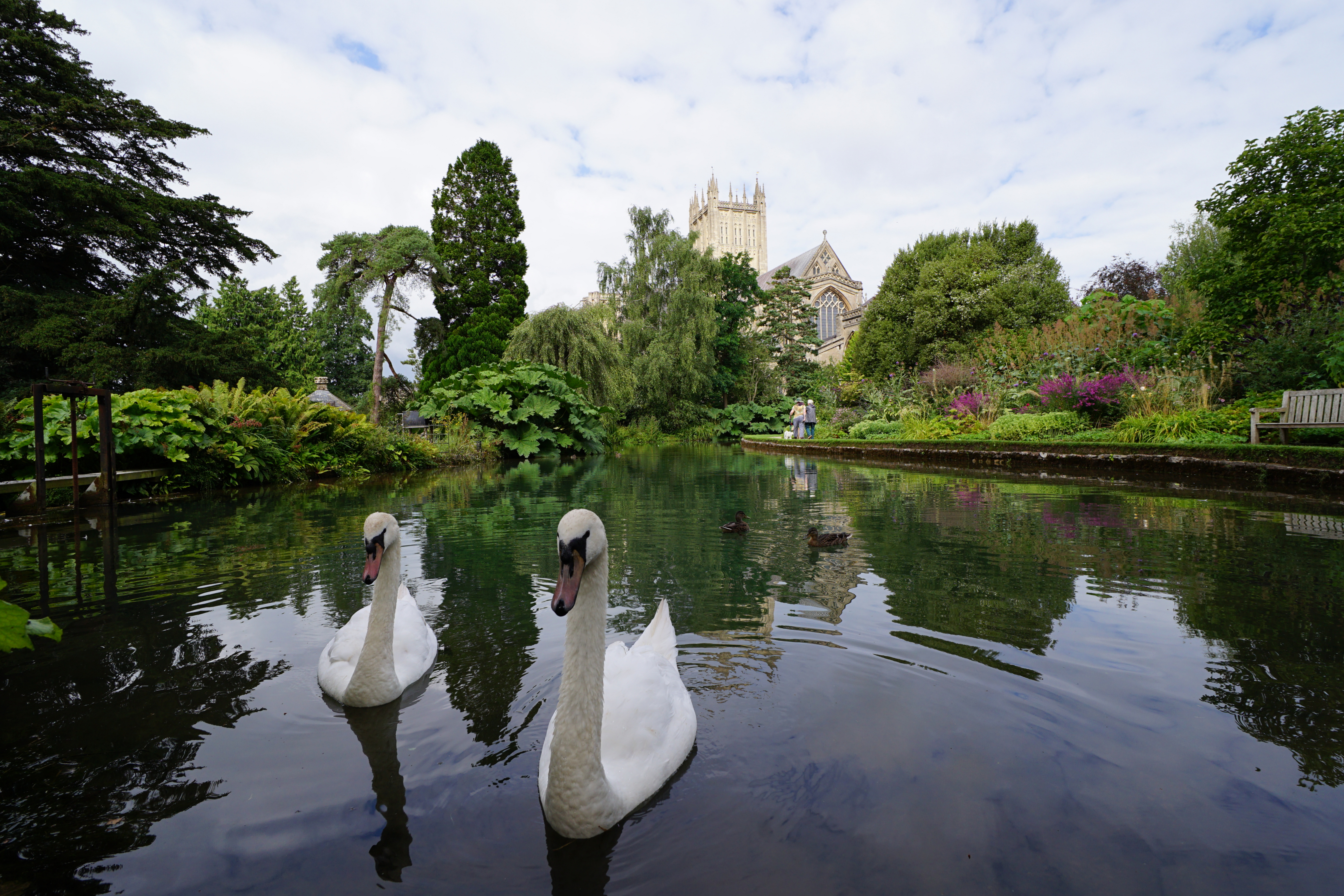
LK Samyang AF 16mm f/2.8 P FE: Lab Results
We run a range of lab tests under controlled conditions, using the Imatest Master testing suite. Photos of test charts are taken across the range of apertures and zooms (where available), then analyzed for sharpness, distortion and chromatic aberrations.
We use Imatest SFR (spatial frequency response) charts and analysis software to plot lens resolution at the center of the image frame, corners and mid-point distances, across the range of aperture settings and, with zoom lenses, at four different focal lengths. The tests also measure distortion and color fringing (chromatic aberration).
Sharpness:
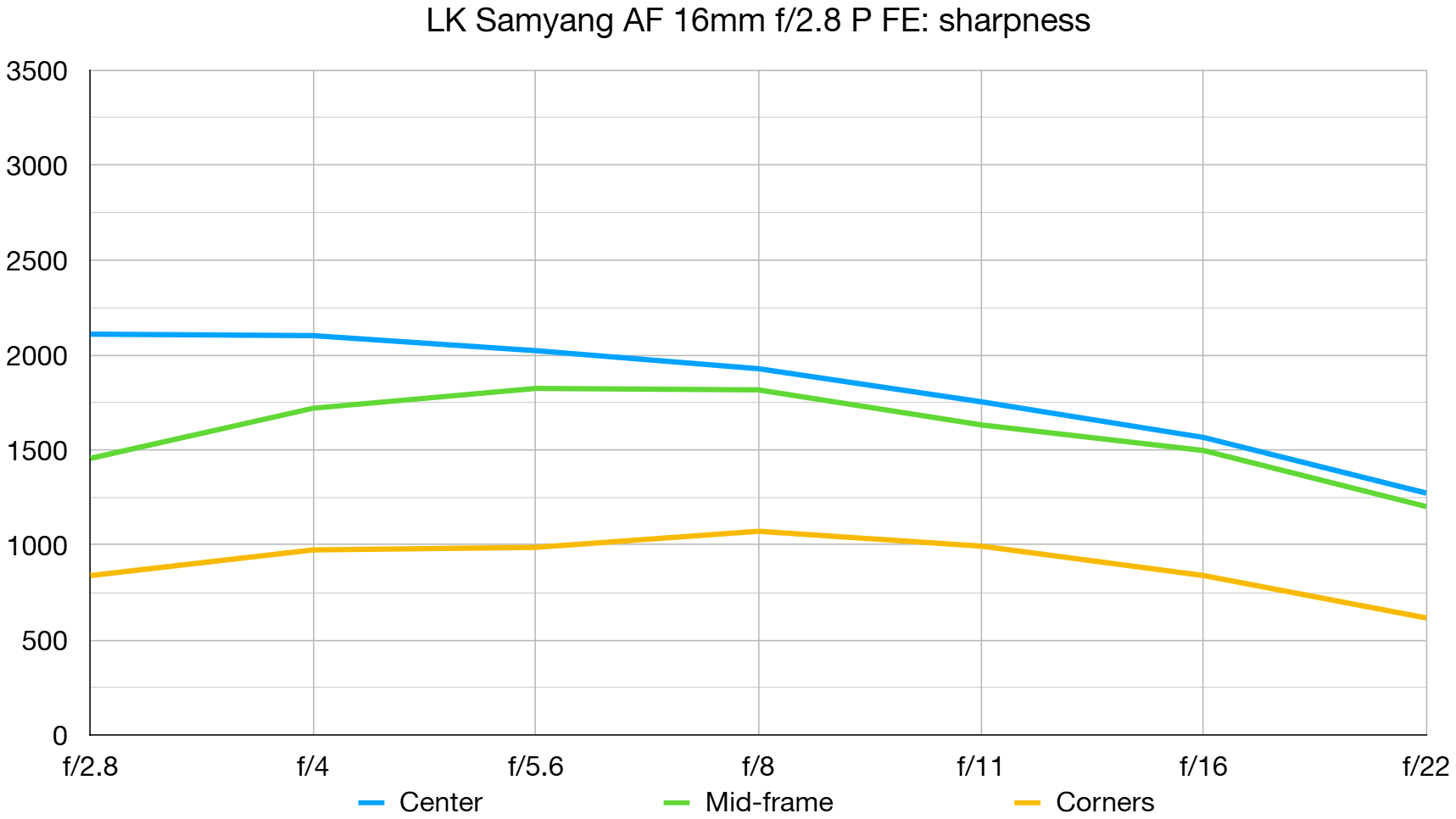
Lab scores for center-sharpness are very good indeed, even wide-open at f/2.8. They look less impressive at the edges of the image frame but that’s more to do with the ultra-close proximity of the test chart, necessitated by the lens’s ultra-wide viewing angle.
Fringing:
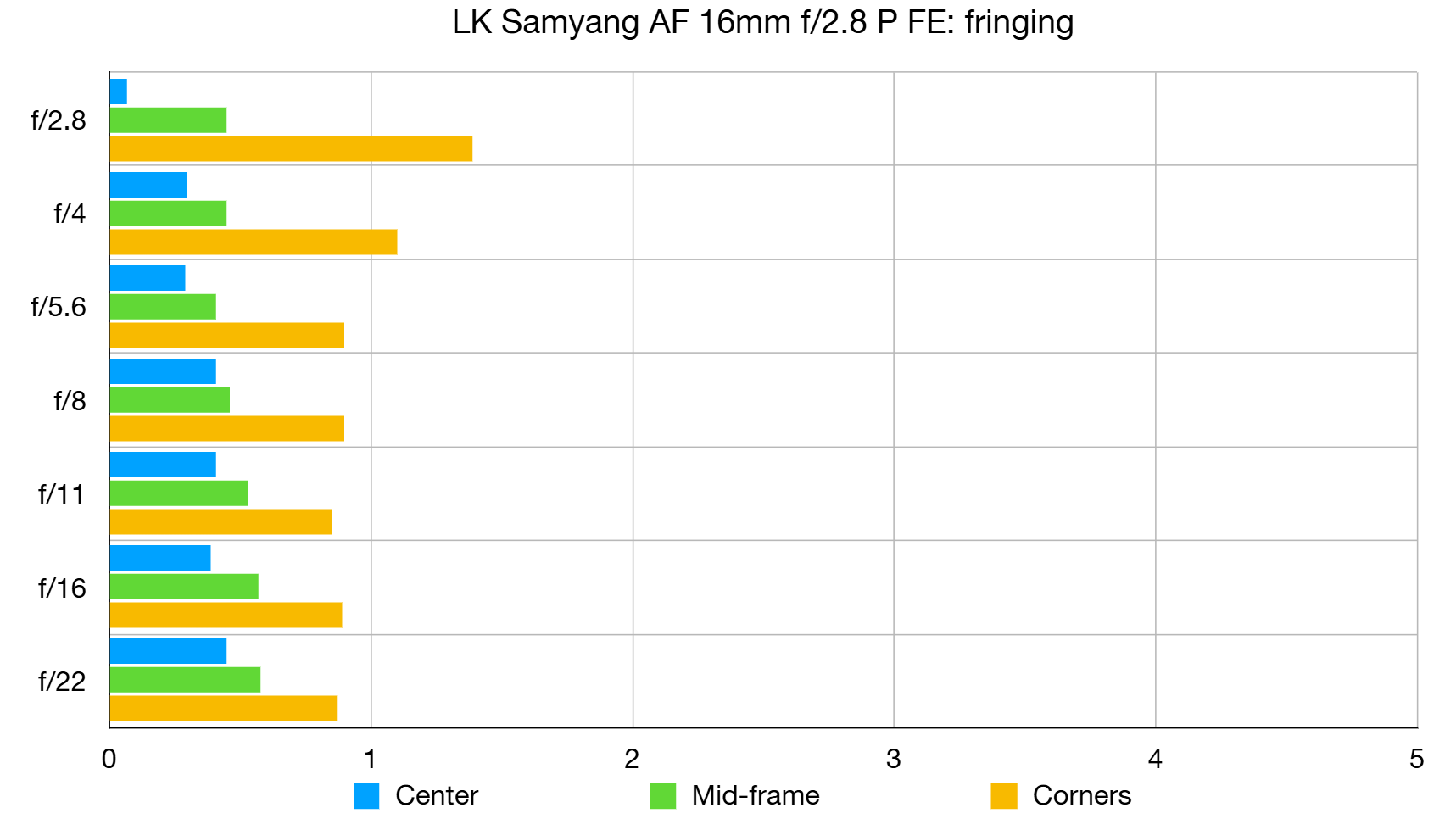
Amounts of color fringing are negligible, throughout the entire aperture range, even out at the edges and corners of the image frame.
Distortion: -5.77
As with most modern ultra-wide-angle lenses for mirrorless cameras, there’s a heavy reliance on automatic in-camera correction for barrel distortion. It’s a price you pay for having a relatively compact and lightweight build.
LK Samyang AF 16mm f/2.8 P FE: Verdict
I feel that the LK Samyang AF 16mm is a little lens with a big heart. It’s refreshingly compact and lightweight, ideal for taking anywhere and everywhere, yet delivers a really expansive ultra-wide-angle view. The design is fairly simple, with no aperture control ring nor any function buttons, but that’s in keeping with the spirit of prioritizing portability, practicality and convenience. It’s a lens that’s easy to use and easy to live with, and one that delivers excellent image quality at an affordable price. All in all, it’s a lovely little lens.
Features ★★★★☆ | Useful features include linear stepping motor-driven autofocus and an AF/MF focus mode switch, but there’s no function button nor an aperture control ring. |
Design ★★★★★ | As an add-on to a standard zoom lens, this ultra-wide prime is extremely compact and lightweight yet well built with weather-seals and a quality feel. |
Performance ★★★★☆ | There’s impressive corner-to-corner sharpness and clarity, with negligible color fringing but the usual reliance on in-camera correction for distortion. |
Value ★★★★★ | It’s very competitively priced for an ultra-wide-angle prime lens with a fairly quick f/2.8 aperture. |
Alternatives
The own-brand Sony FE 16mm f/1.8 G has more exotic handling than the LK Samyang but is much more expensive to buy at $848 / £849 / AU$1,899. That’s more than twice the price.
The Viltrox AF 16mm f/1.8 FE is not only faster than the LK Samyang but features an aperture ring with click/de-click switch, customizable function button and even an OLED info screen. It’s a whole lotta lens for $580 / £533 / AU$899.
Matthew Richards is a photographer and journalist who has spent years using and reviewing all manner of photo gear. He is Digital Camera World's principal lens reviewer – and has tested more primes and zooms than most people have had hot dinners!
His expertise with equipment doesn’t end there, though. He is also an encyclopedia when it comes to all manner of cameras, camera holsters and bags, flashguns, tripods and heads, printers, papers and inks, and just about anything imaging-related.
In an earlier life he was a broadcast engineer at the BBC, as well as a former editor of PC Guide.
You must confirm your public display name before commenting
Please logout and then login again, you will then be prompted to enter your display name.
